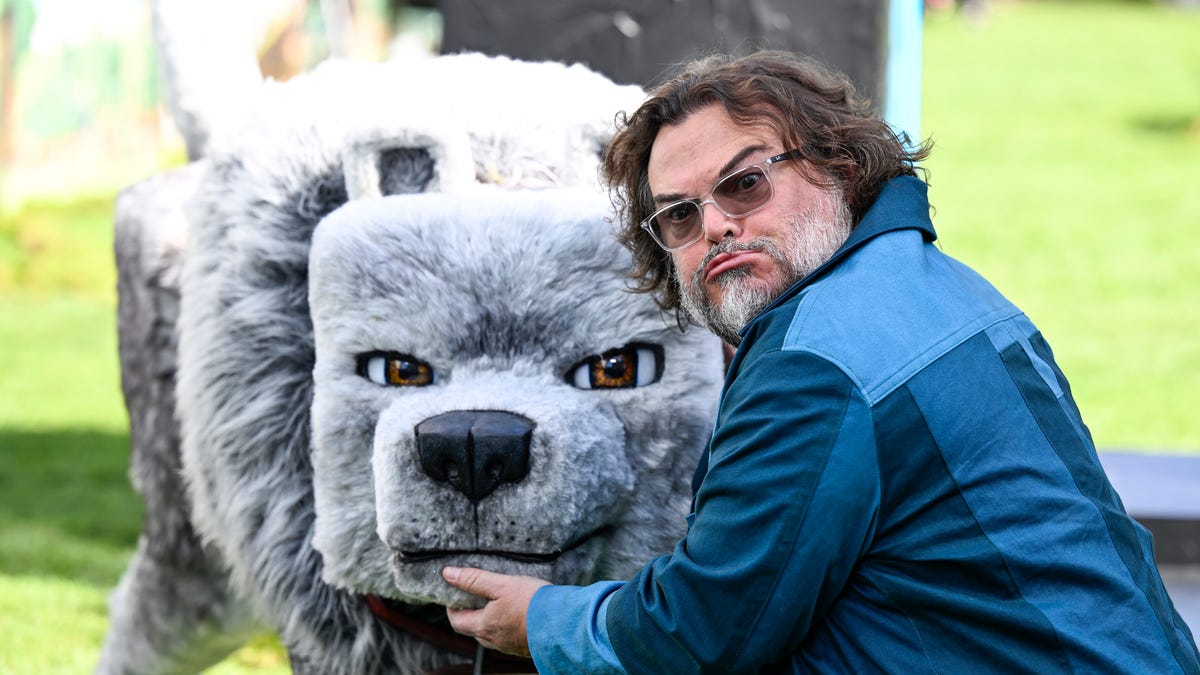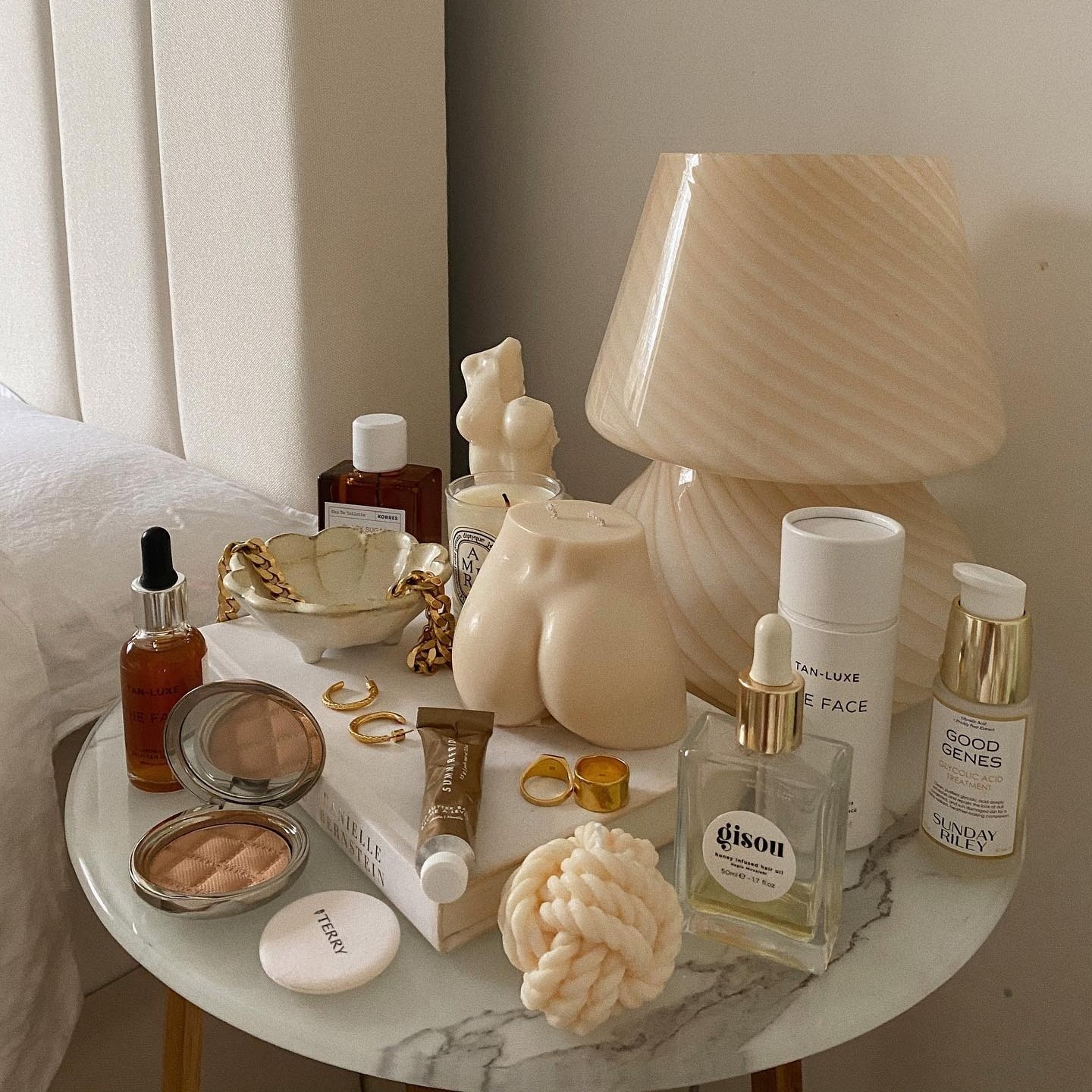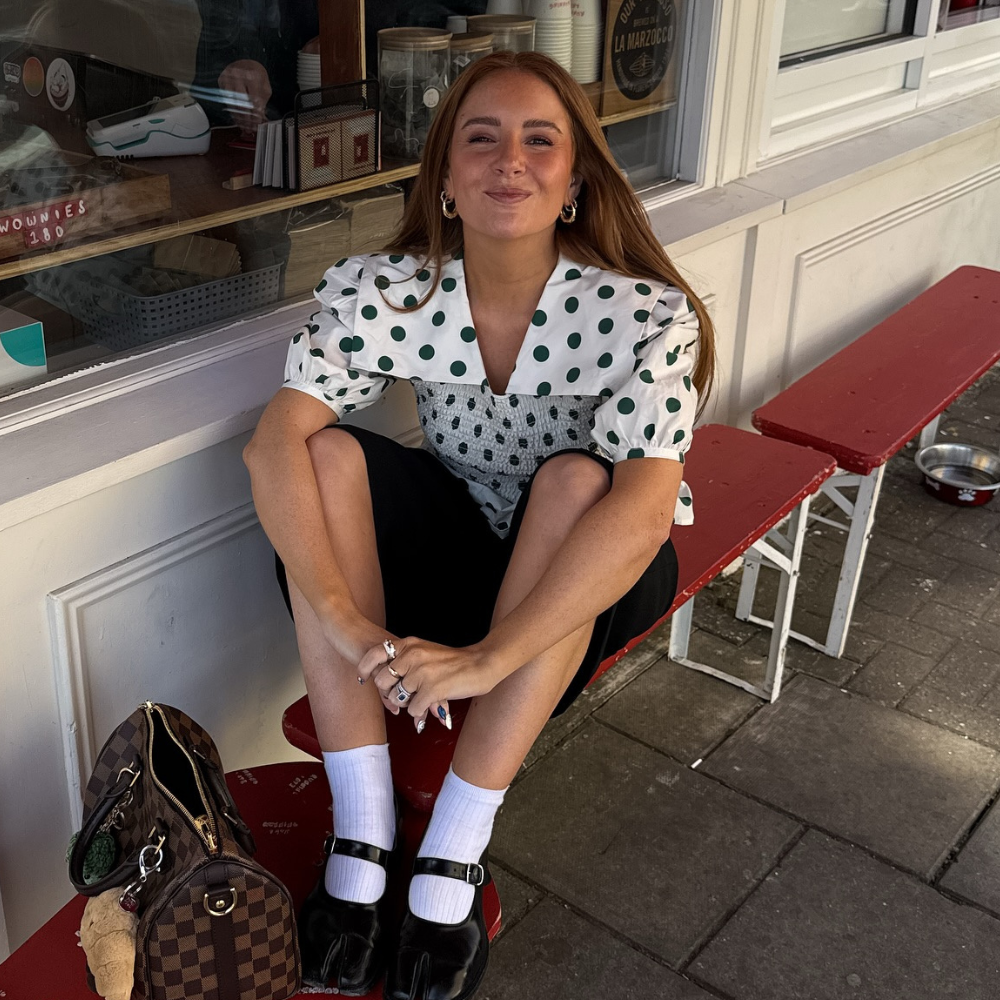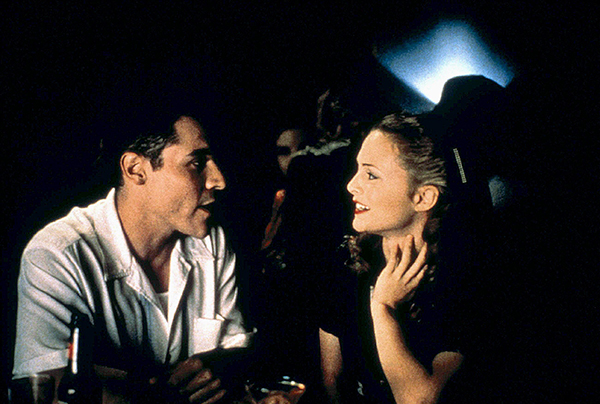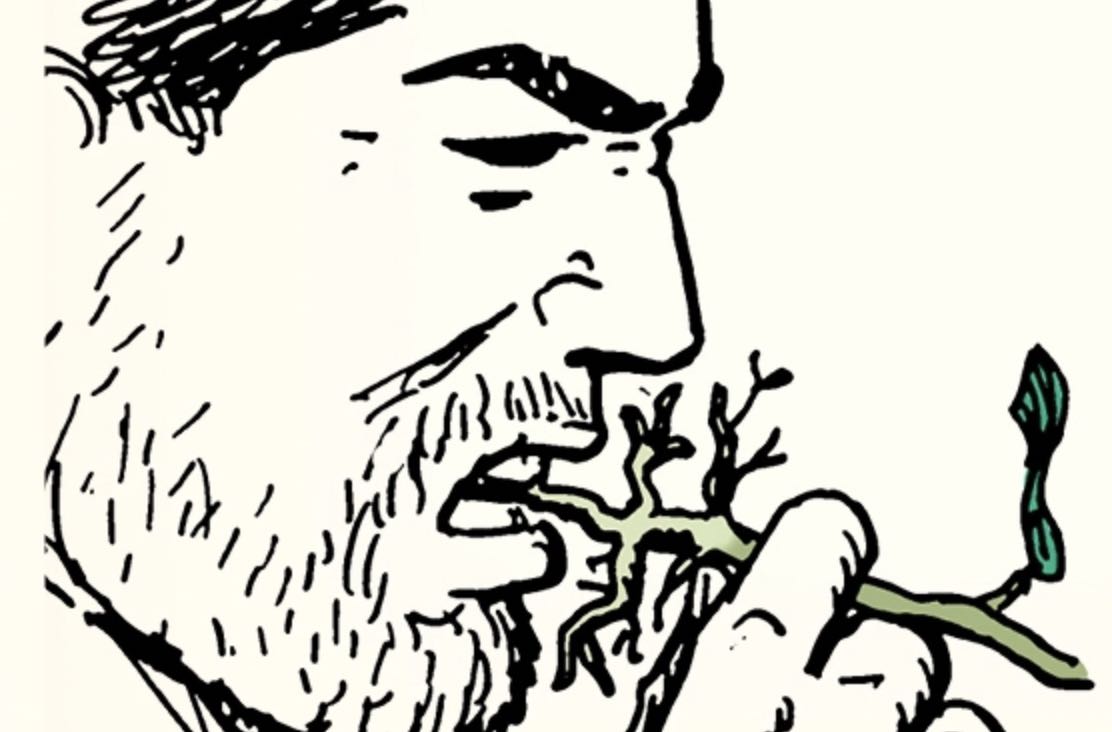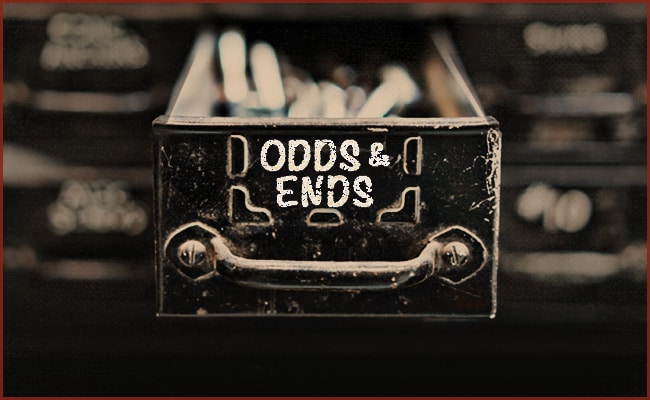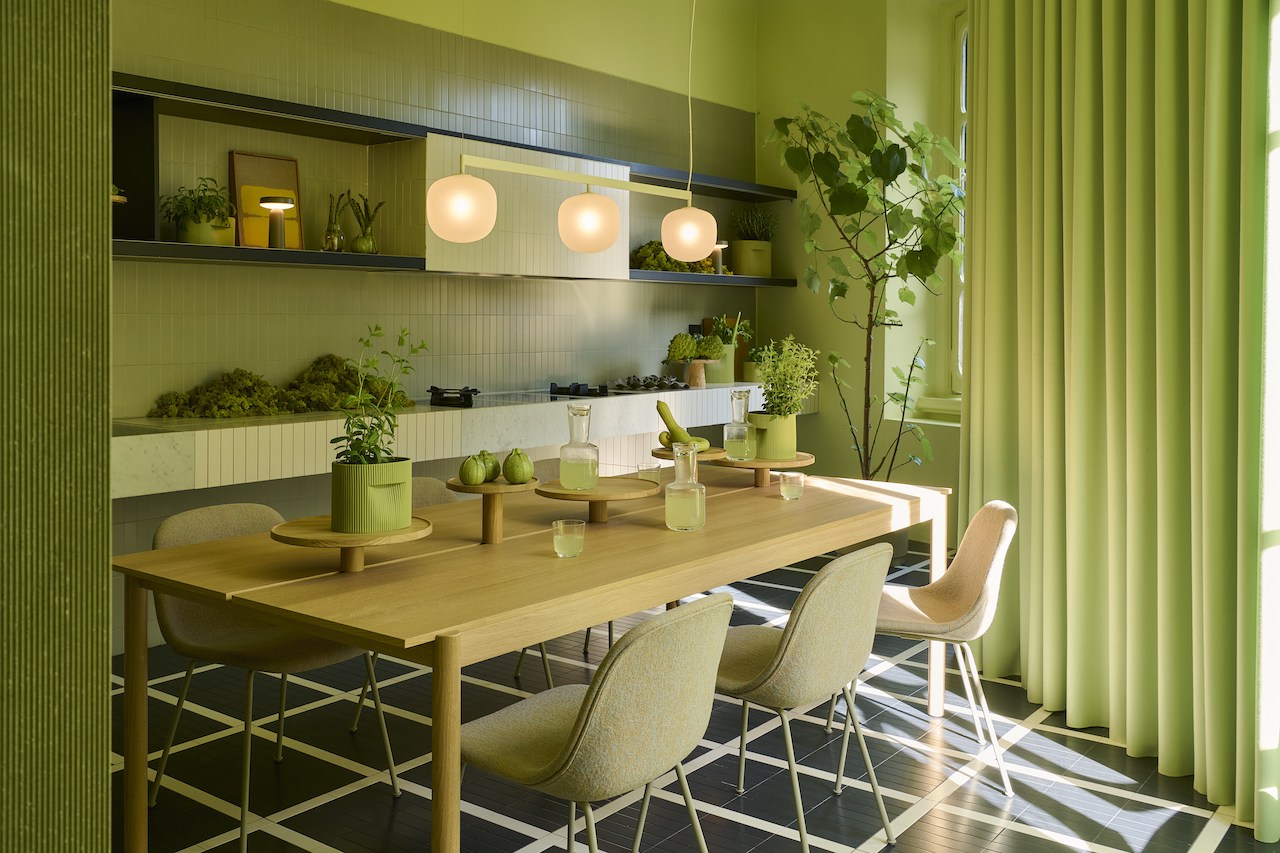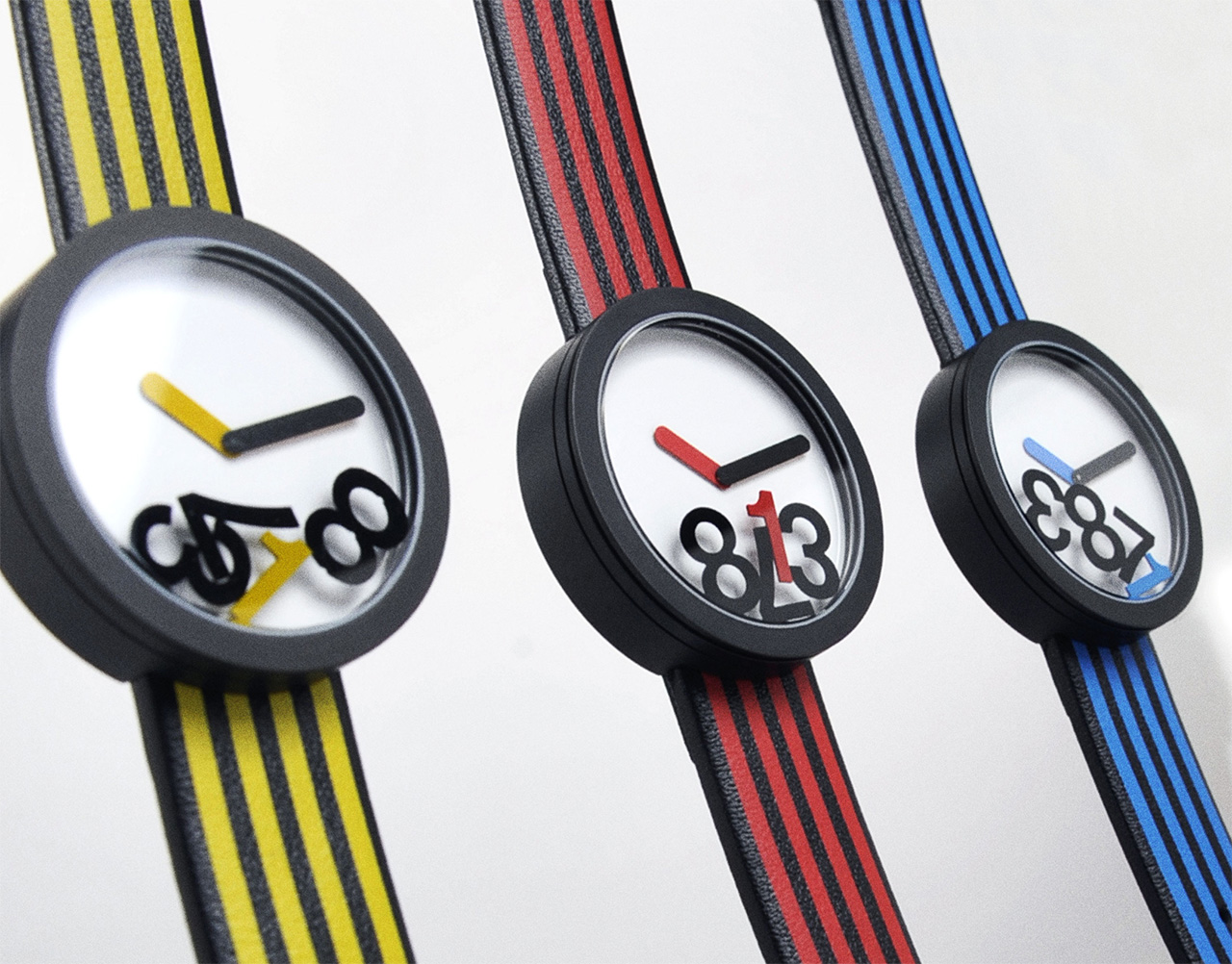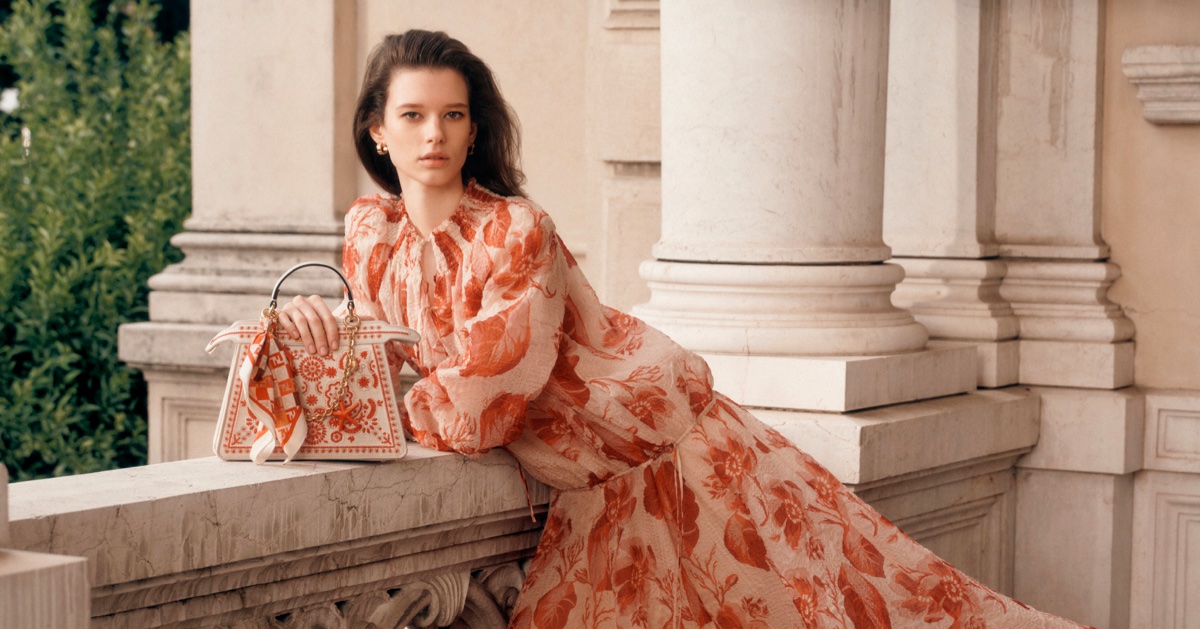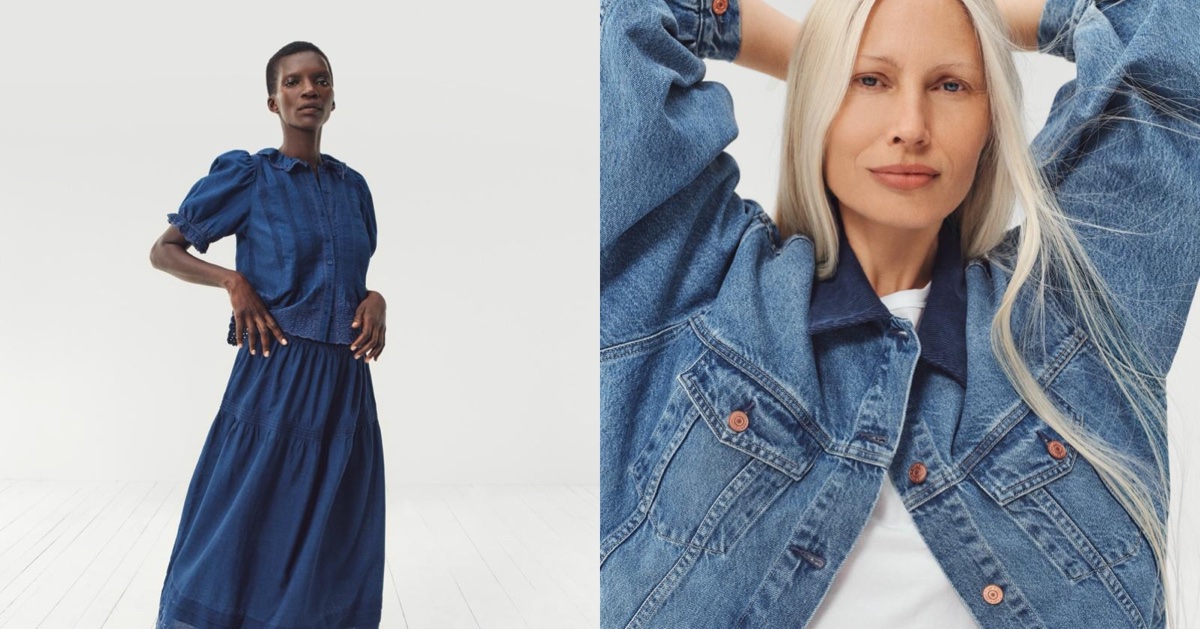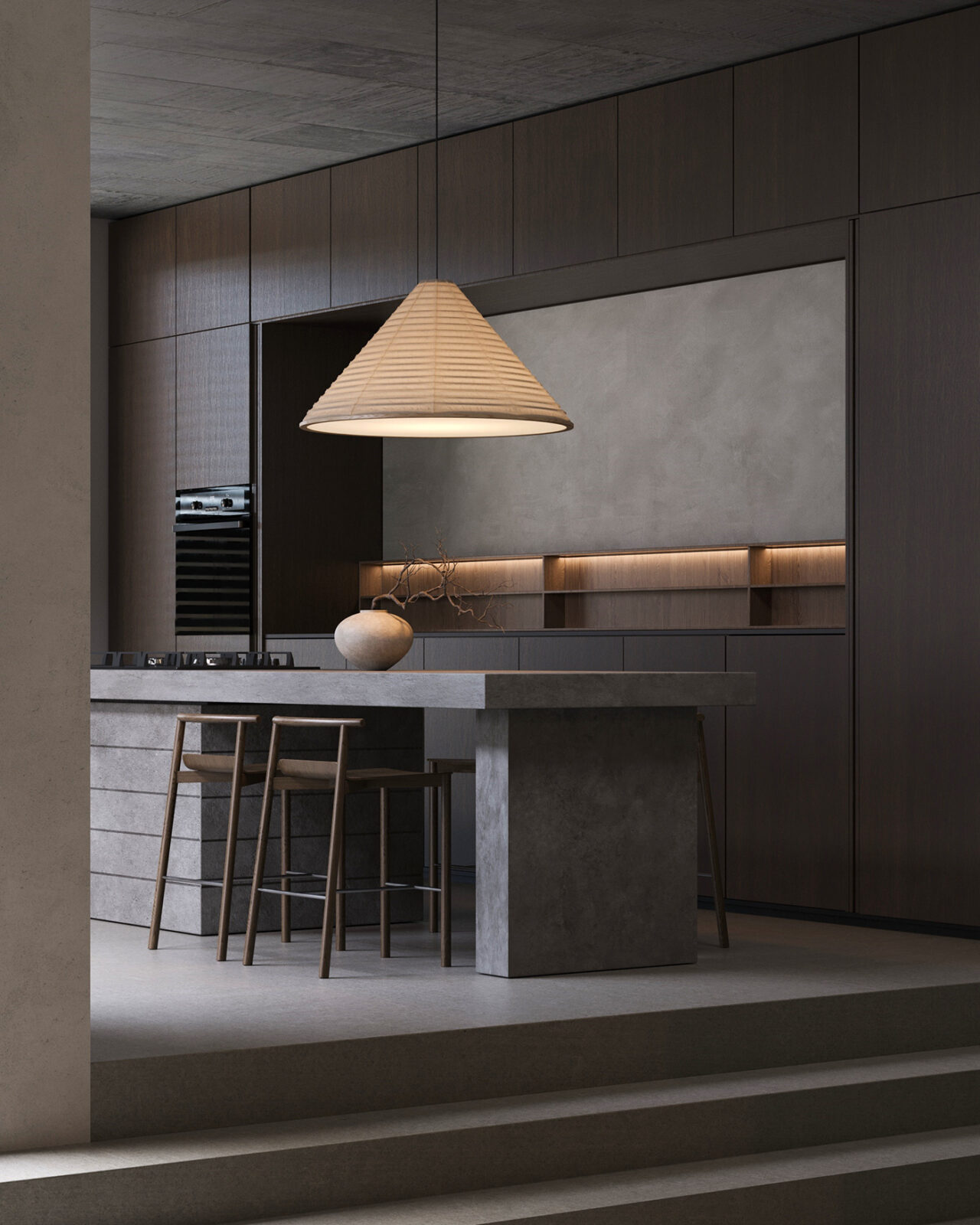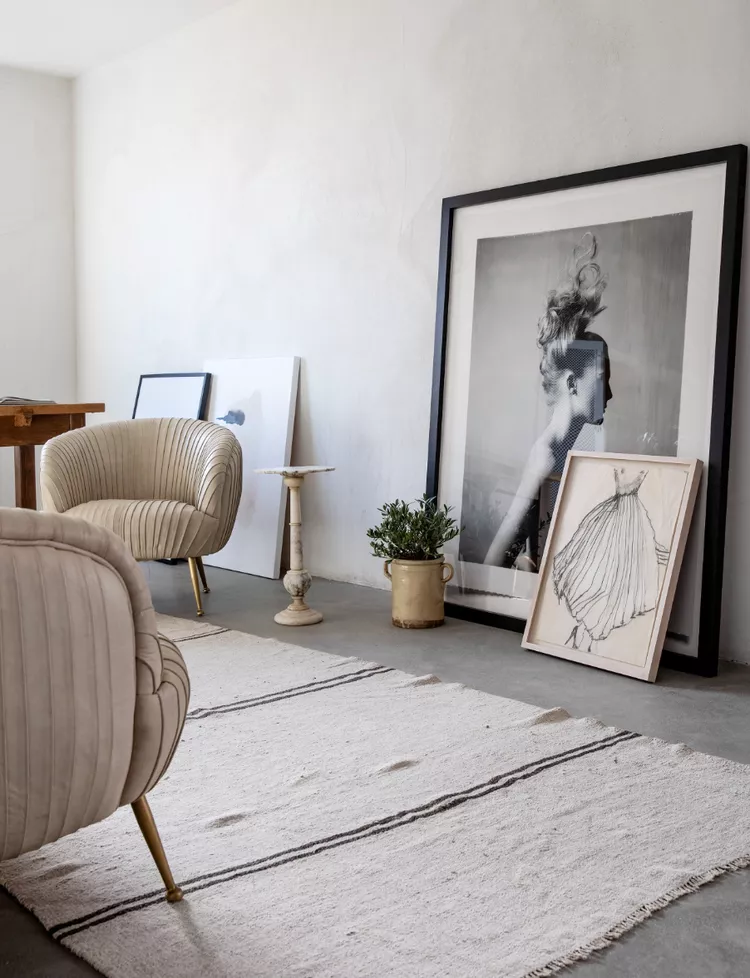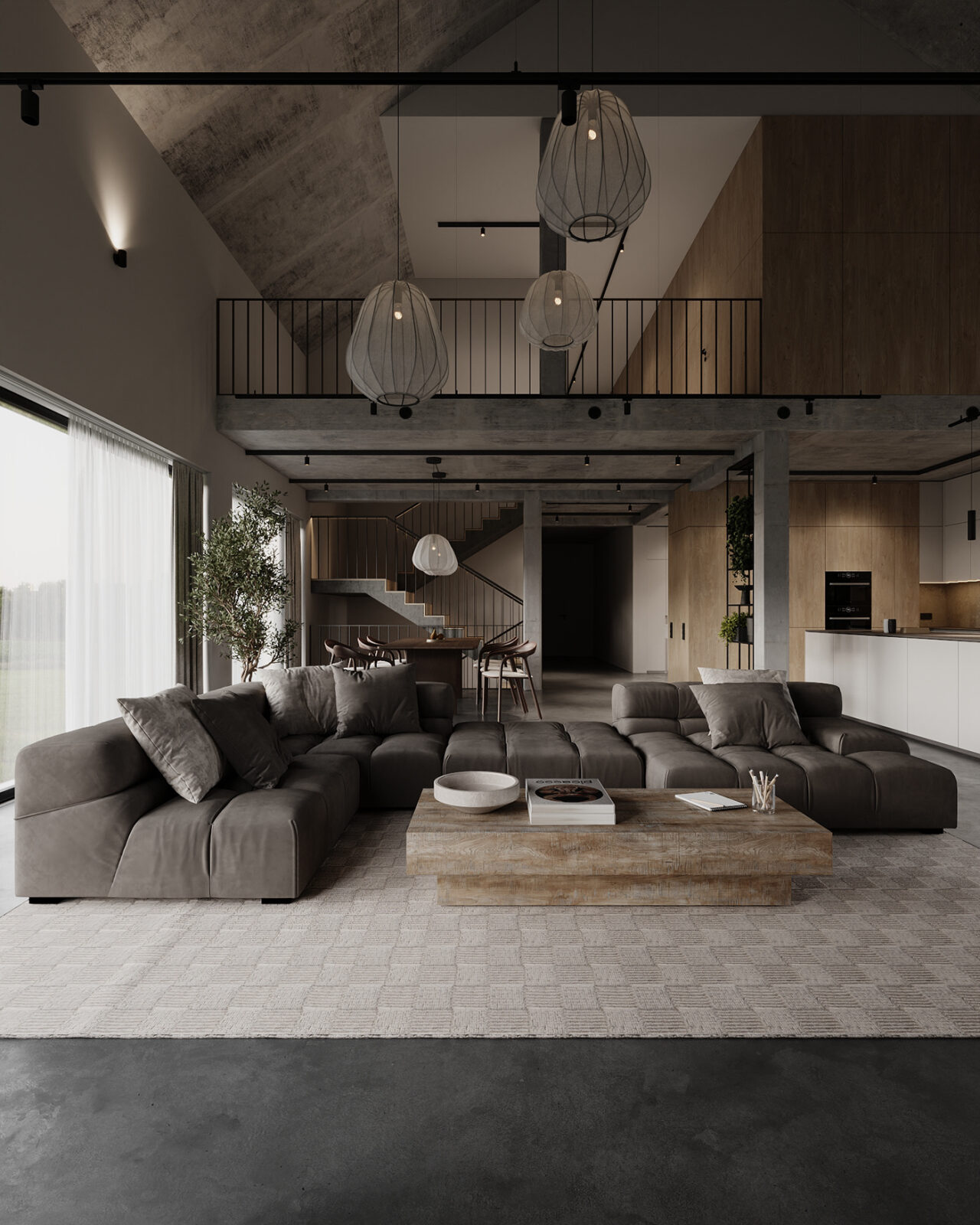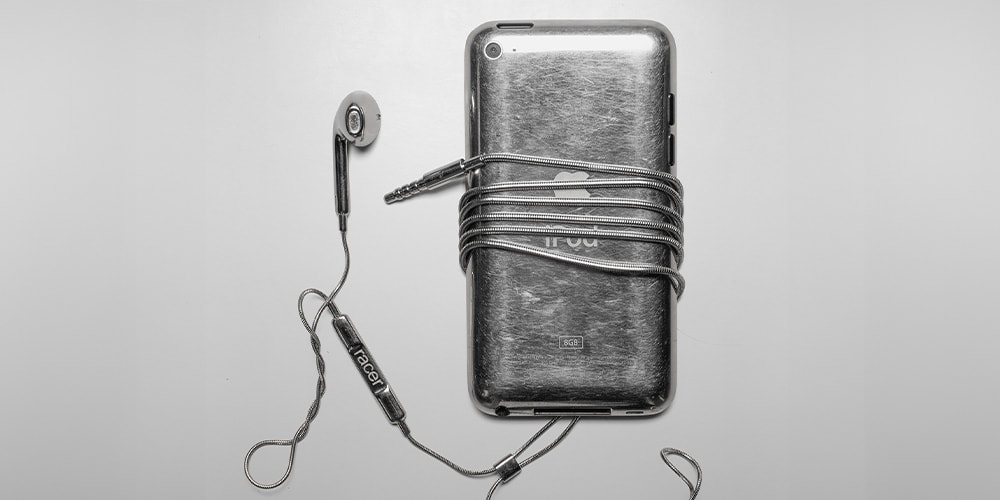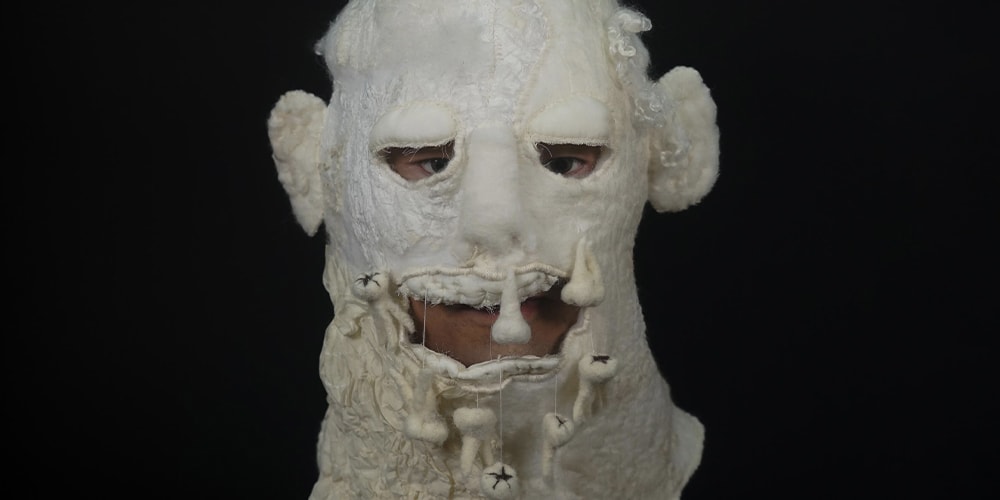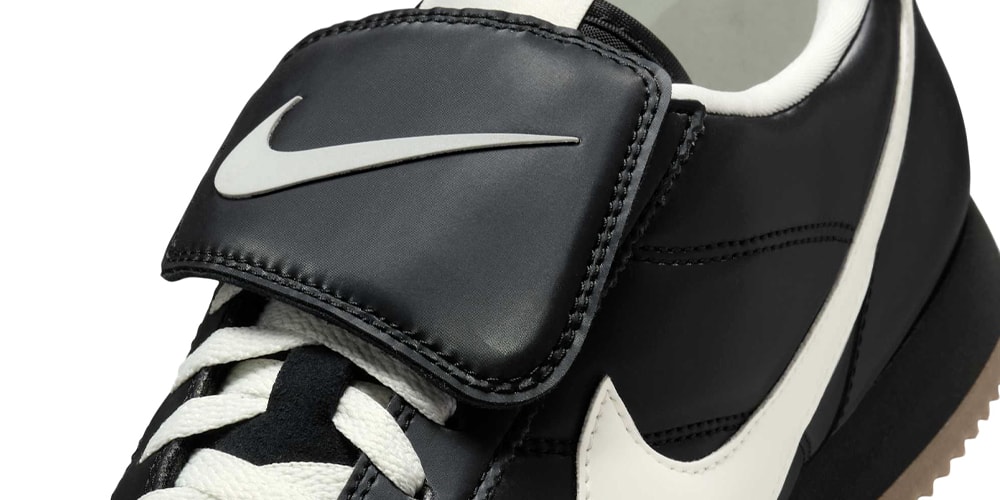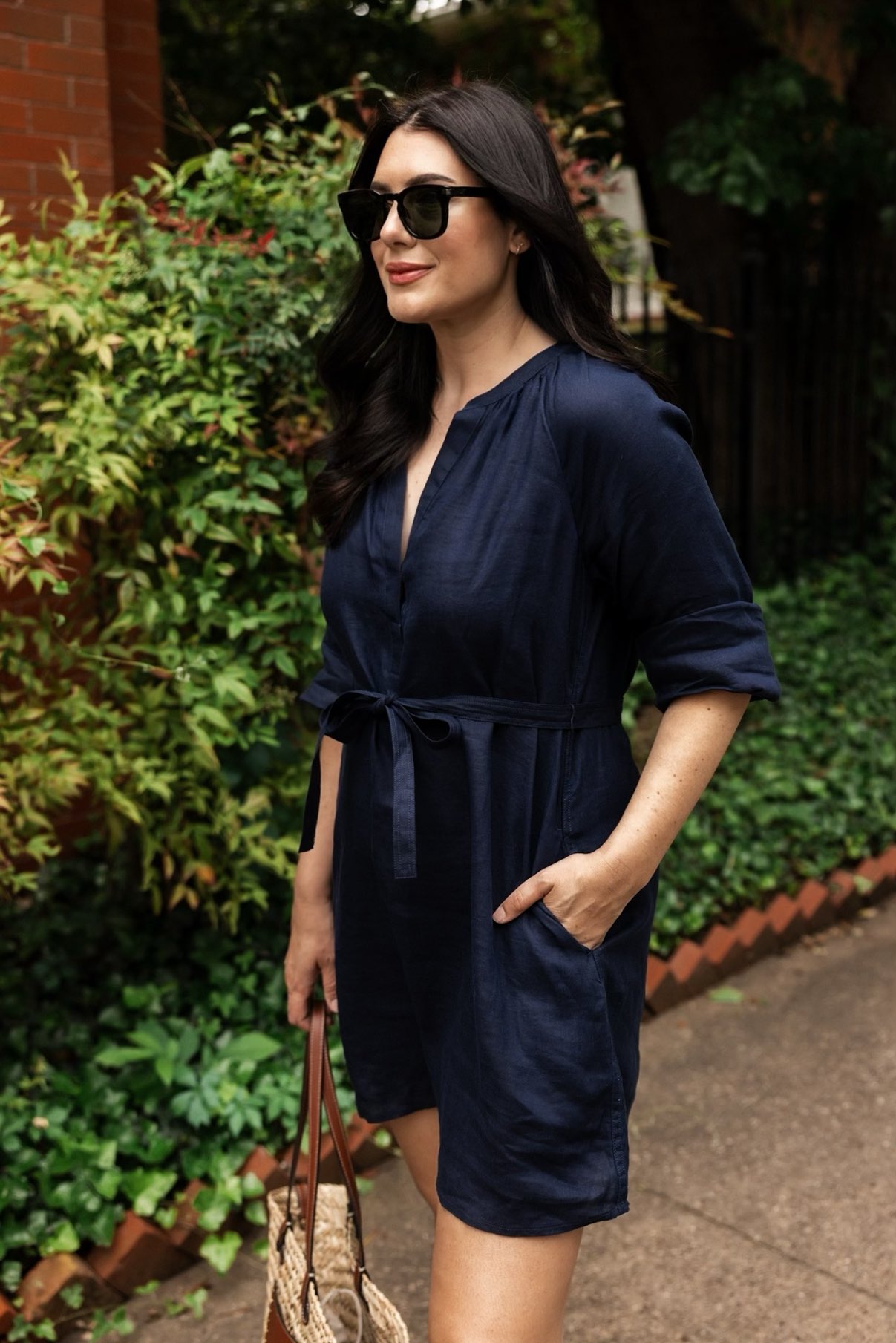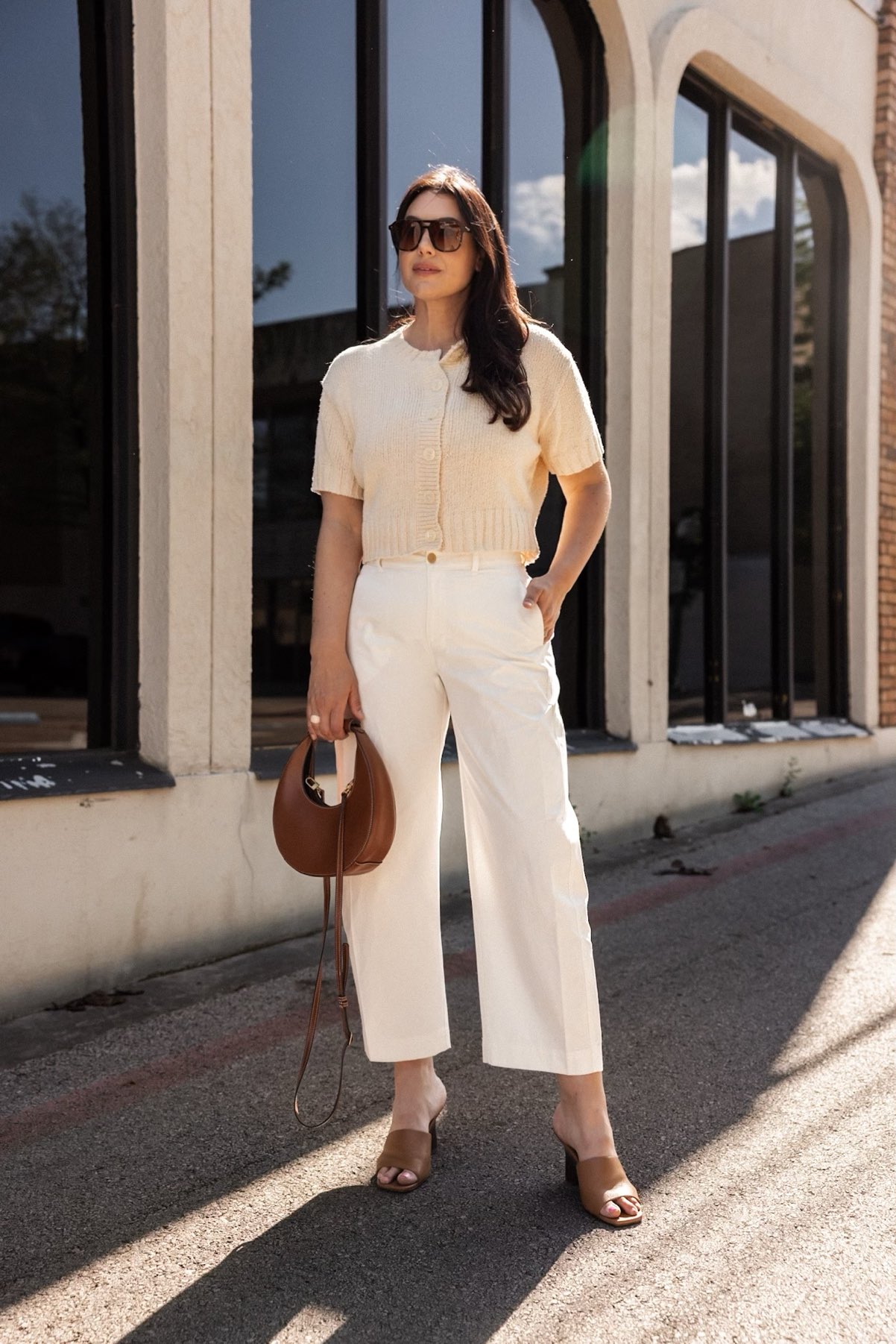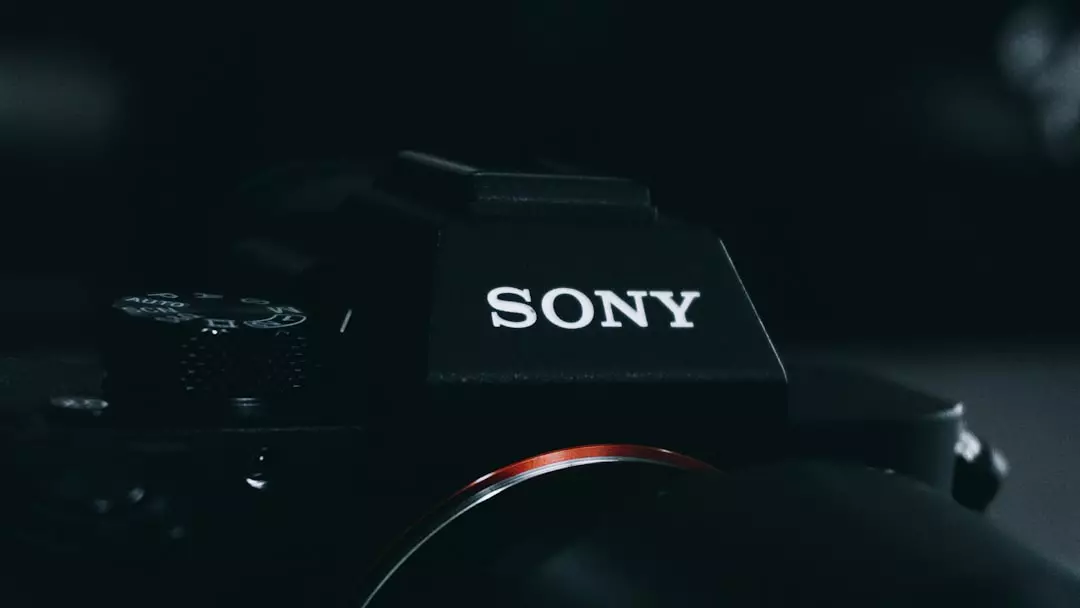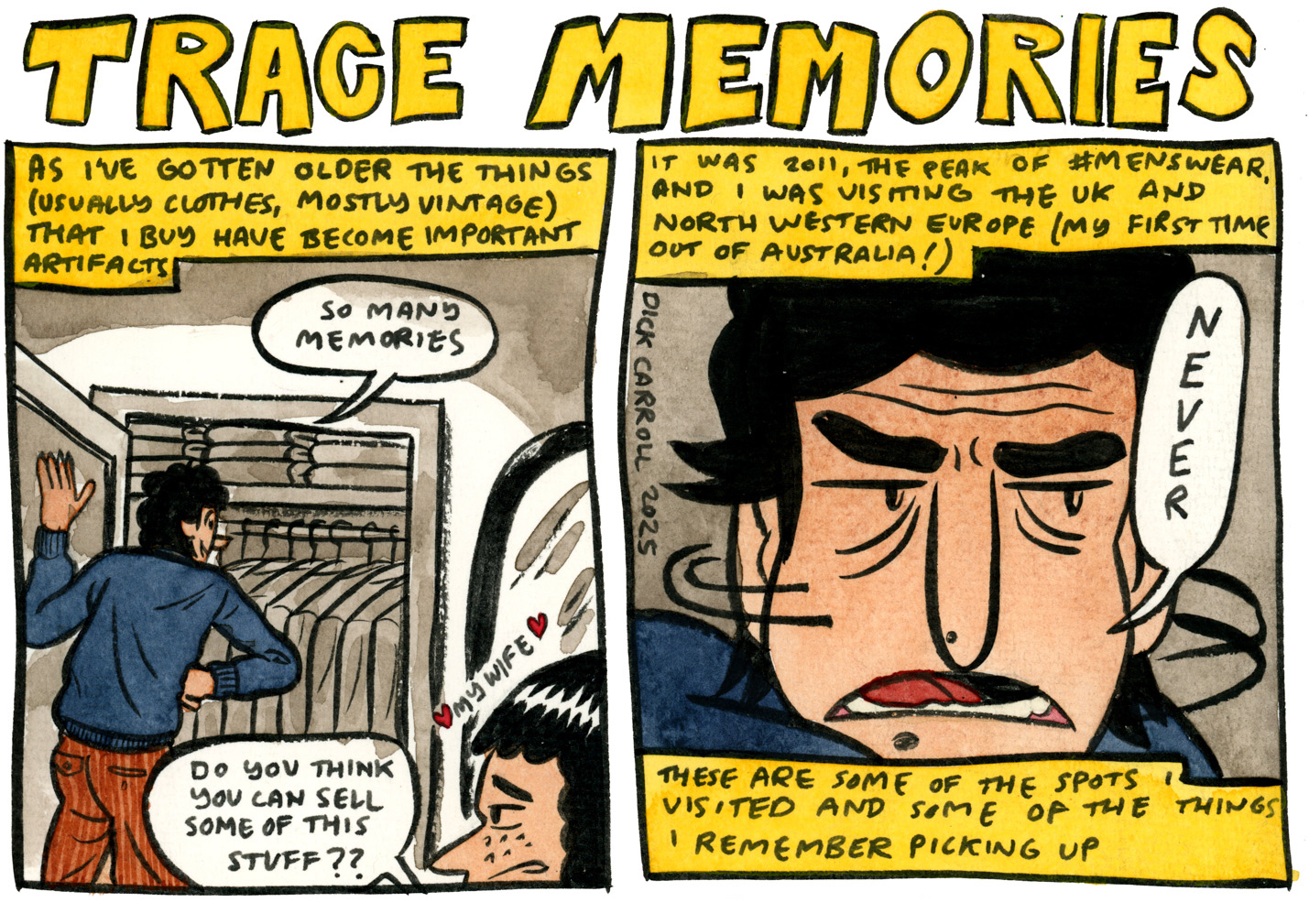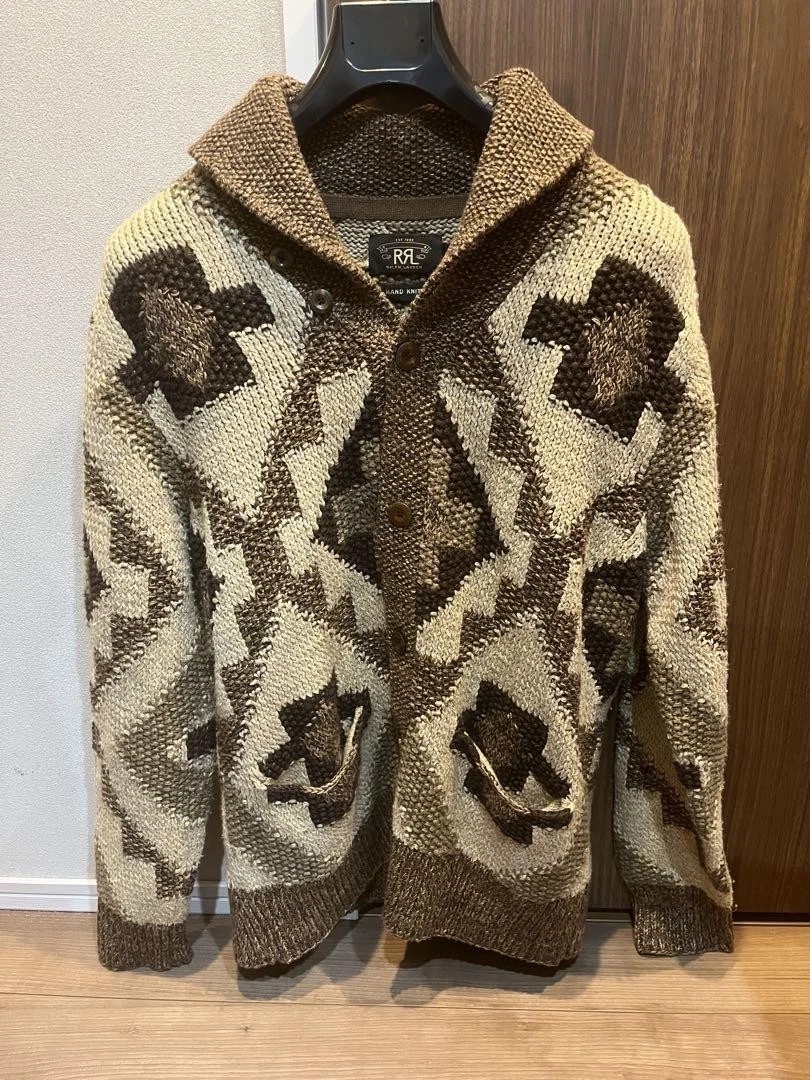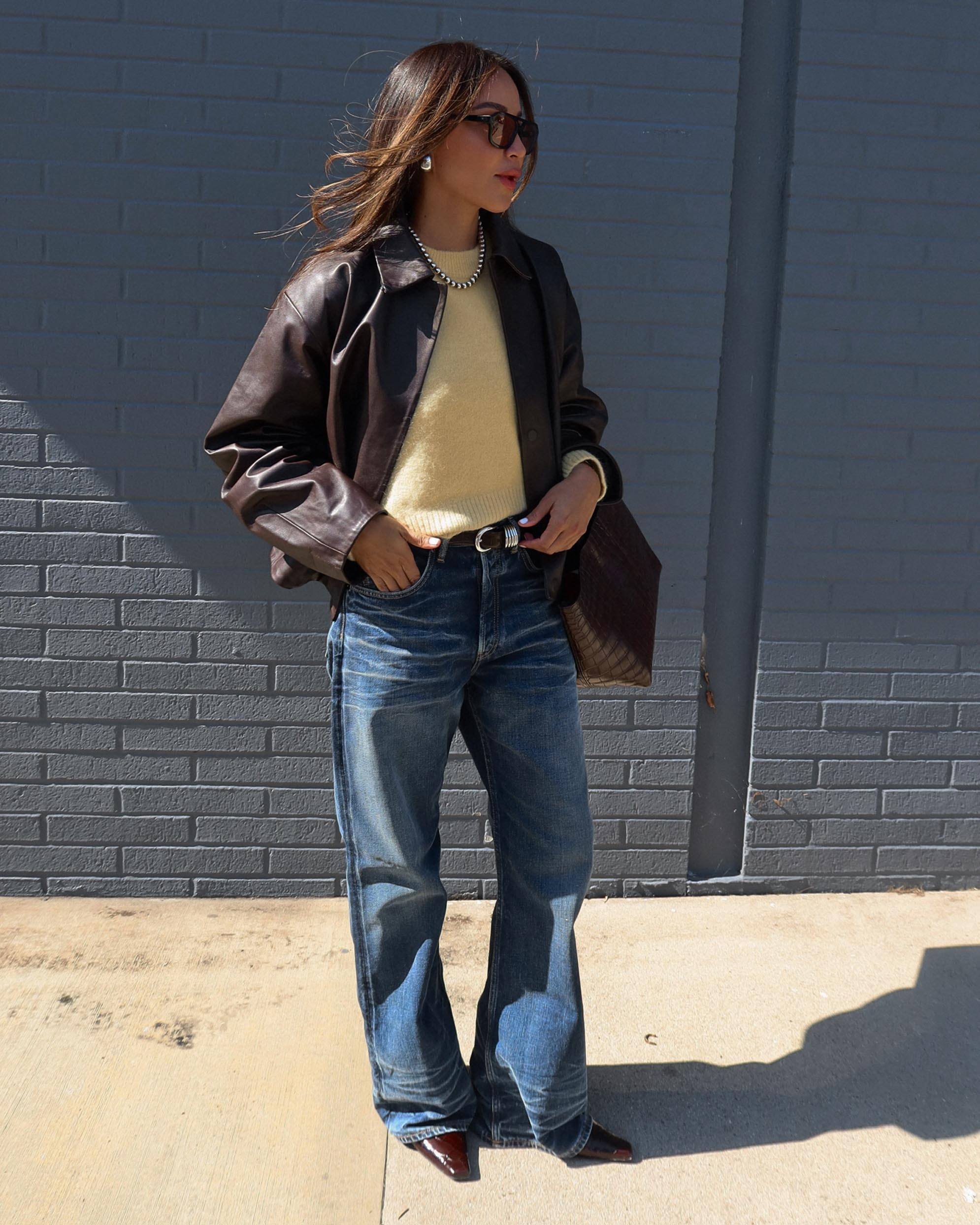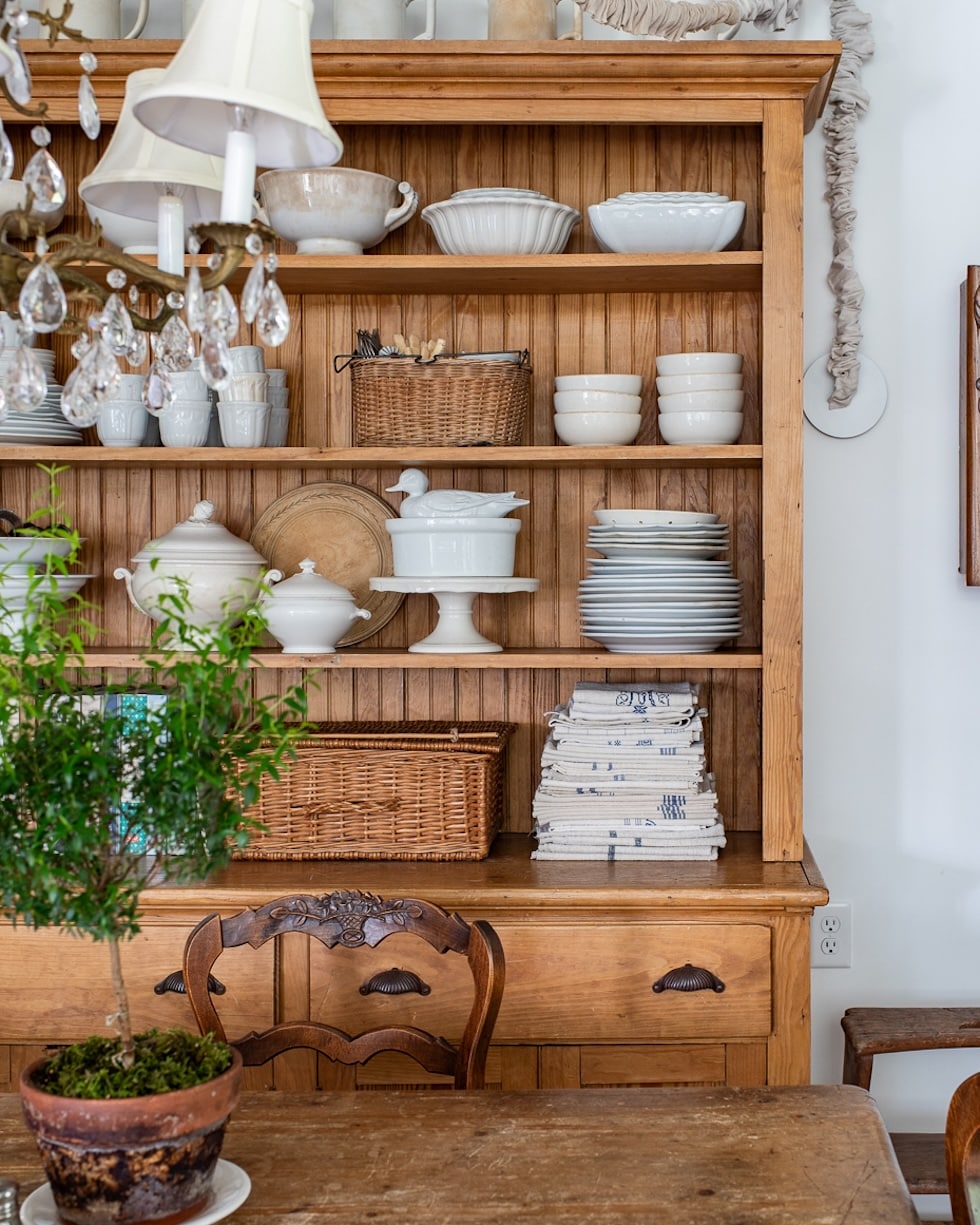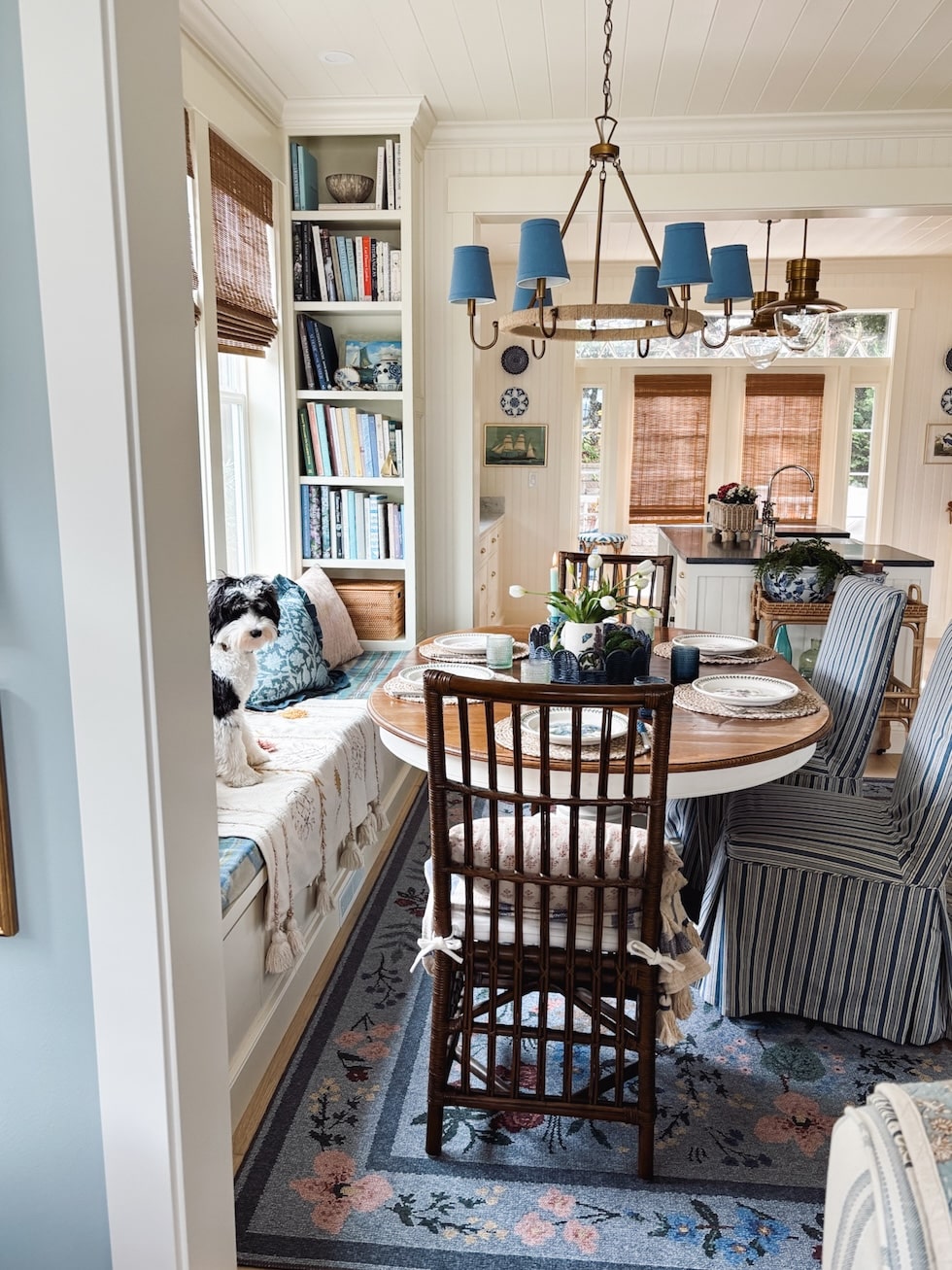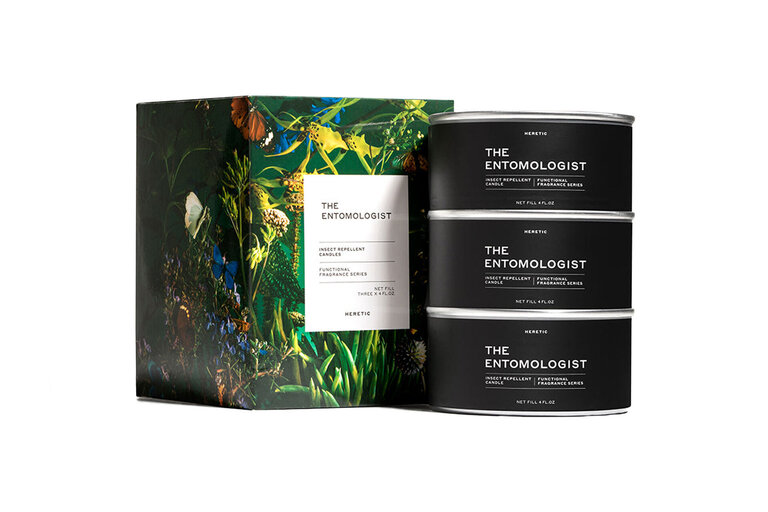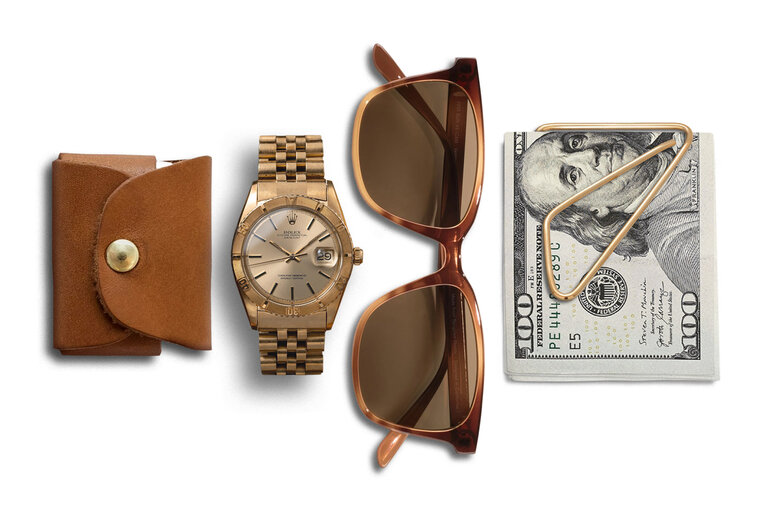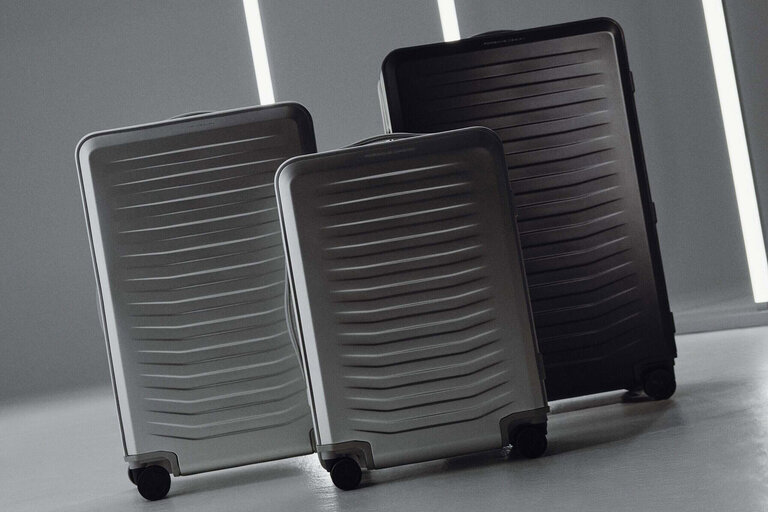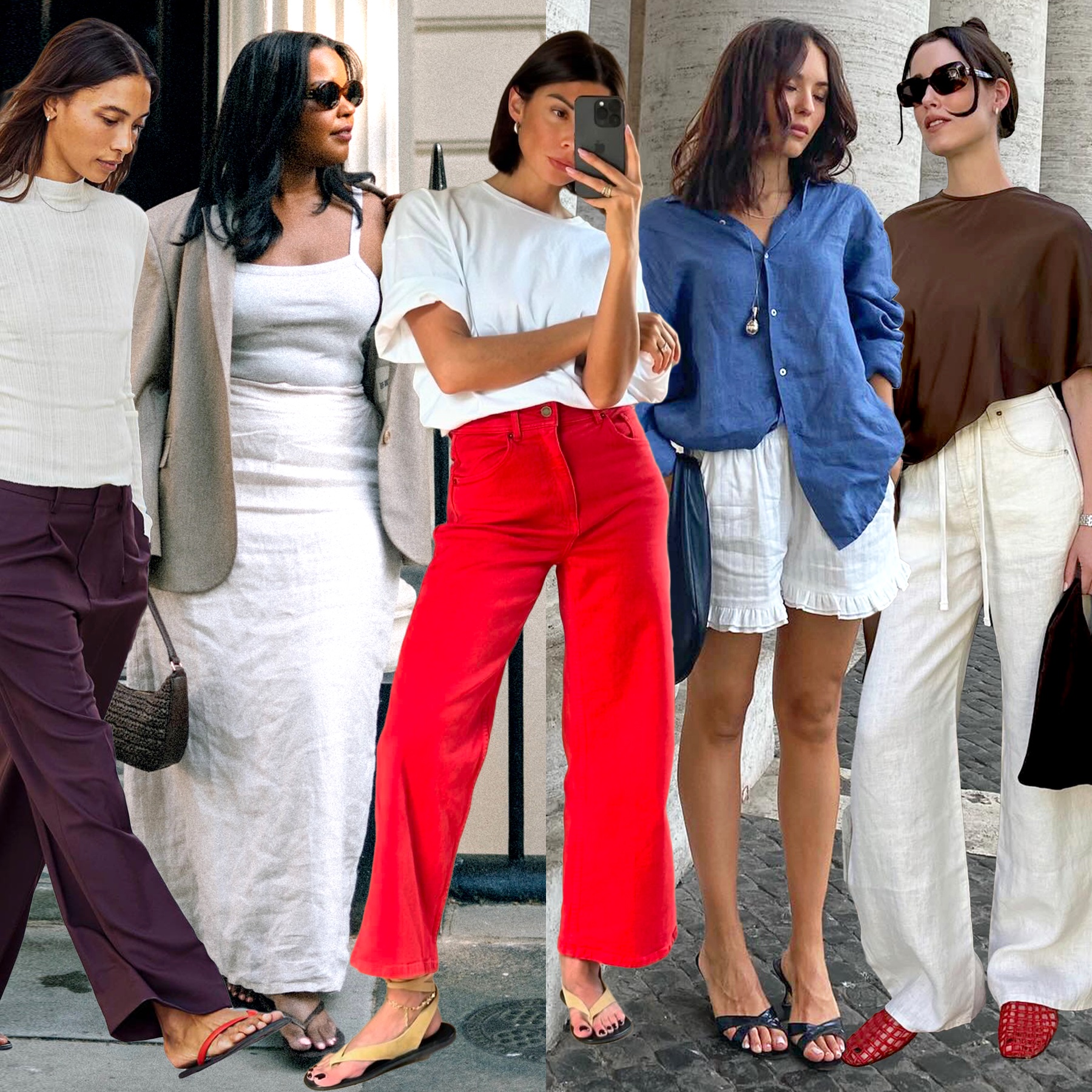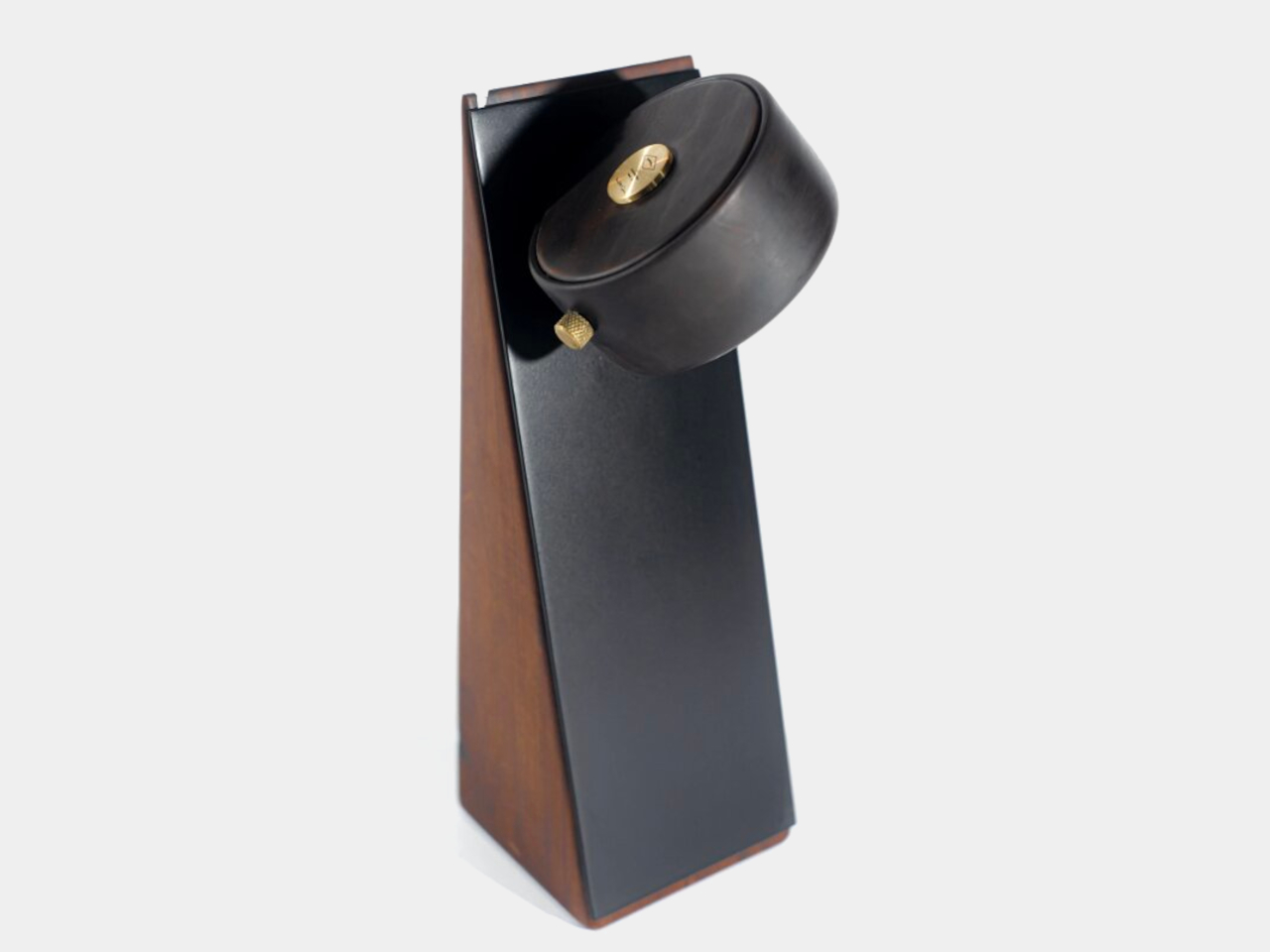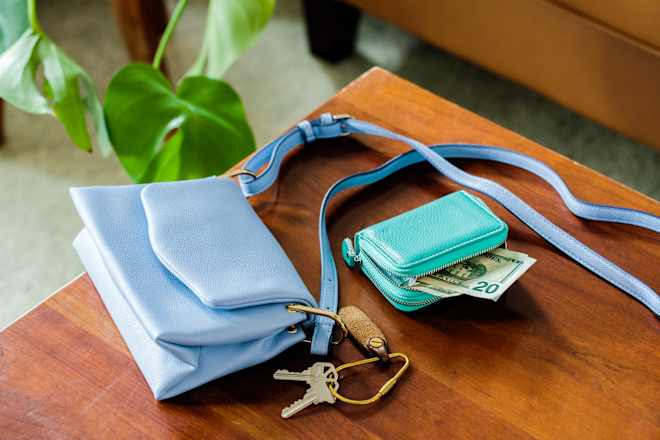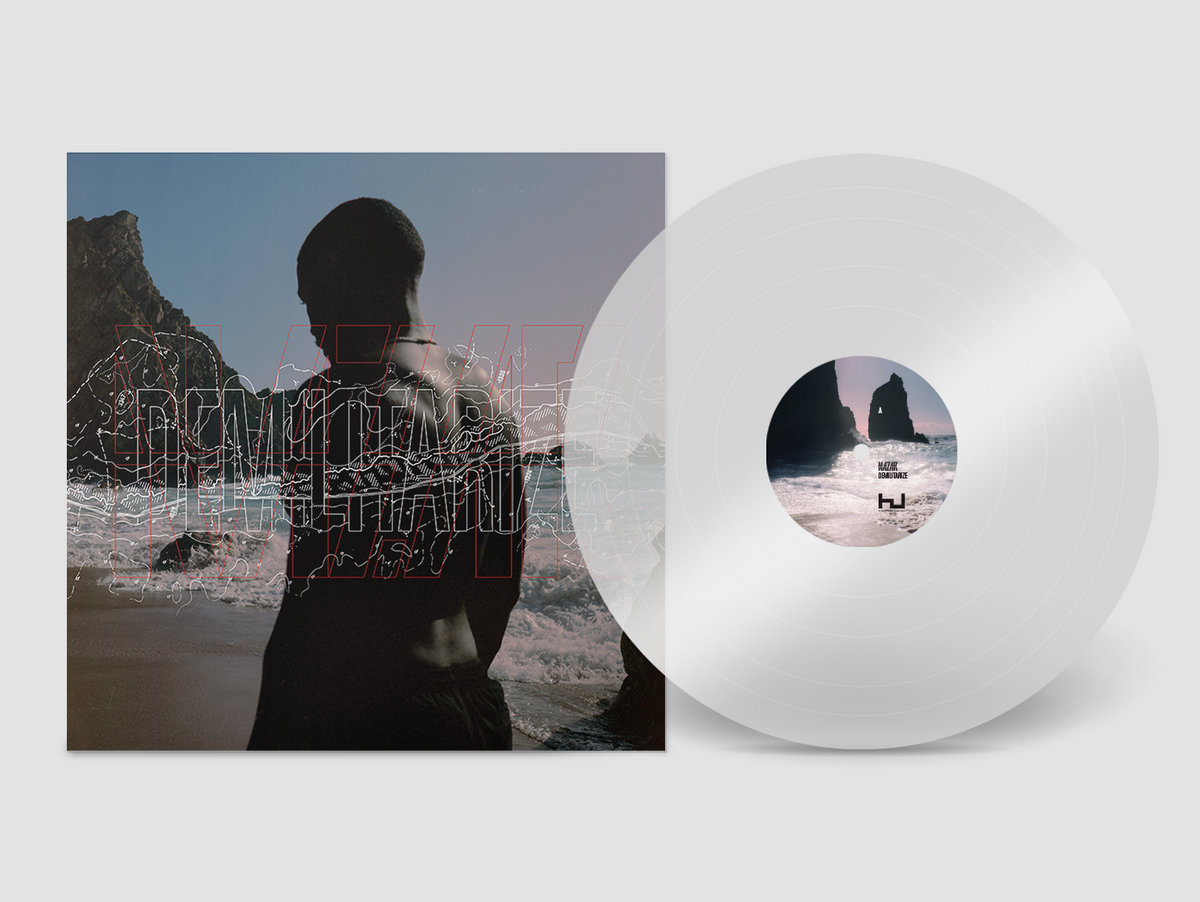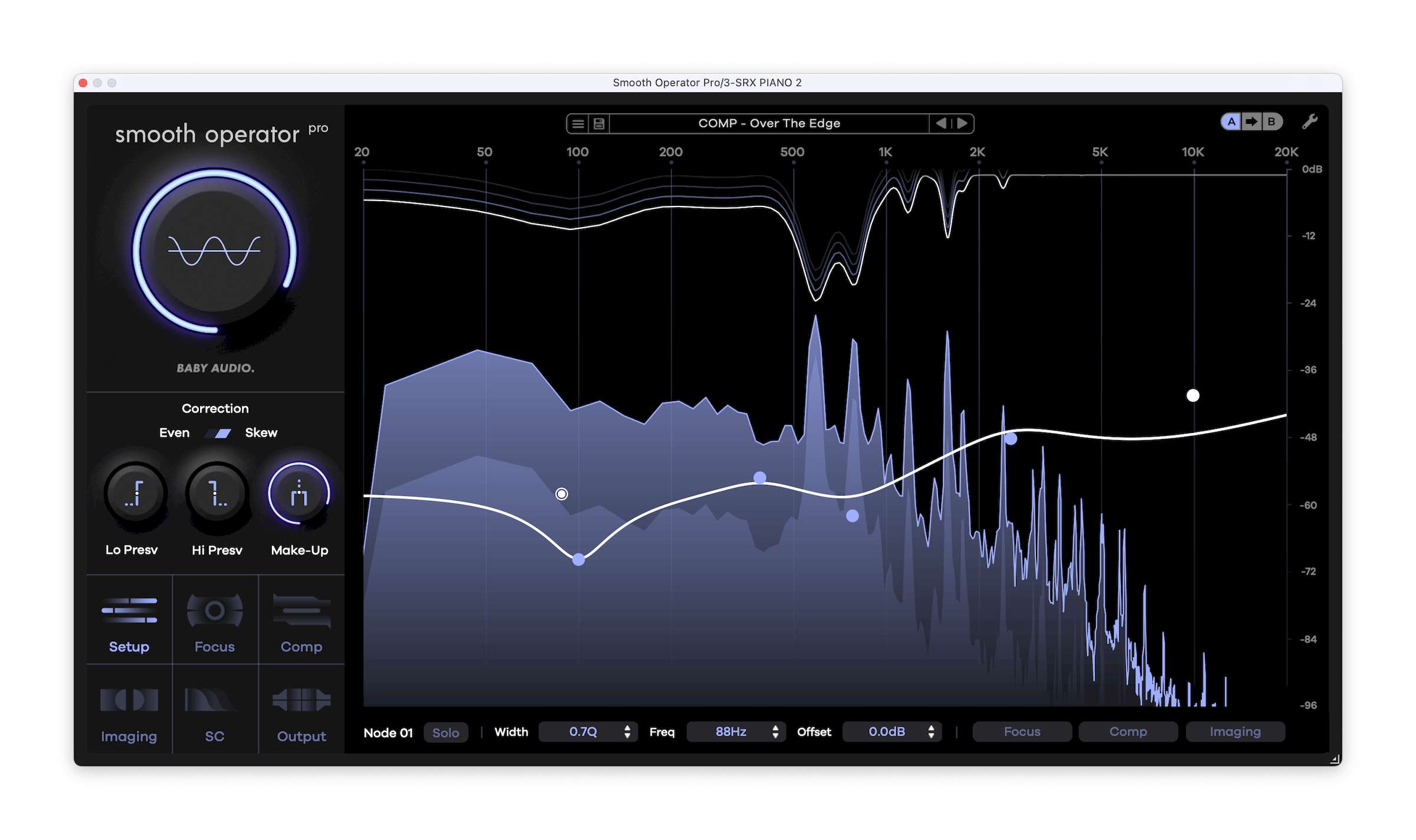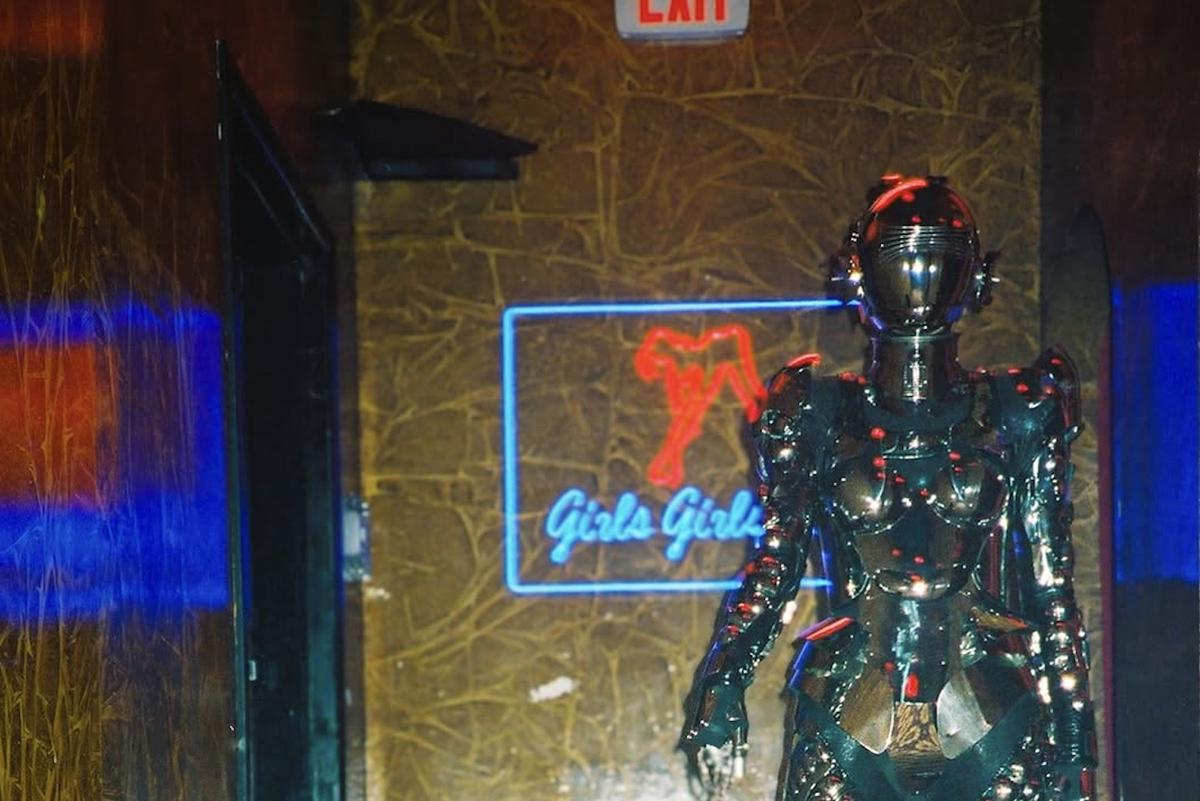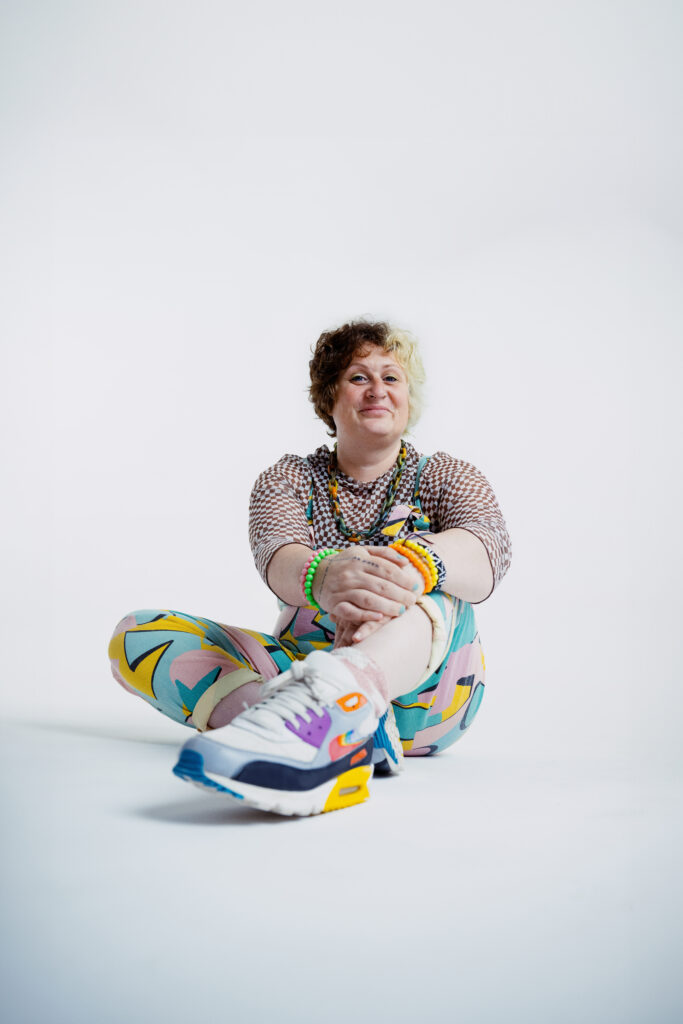A Book Celebrating Kaikado’s 150th Anniversary
The og Japanese tea caddy maker created a pop up for Milan's Design Week to debut its book and limited edition anniversary collection Kaikado was founded in Kyoto in 1875 by Kiyosuke …

The og Japanese tea caddy maker created a pop up for Milan's Design Week to debut its book and limited edition anniversary collection
A Book Celebrating Kaikado’s 150th Anniversary
The og Japanese tea caddy maker created a pop up for Milan’s Design Week to debut its book and limited edition anniversary collection

Kaikado was founded in Kyoto in 1875 by Kiyosuke Kaikado, who developed Japan’s first tinplate tea canisters (chazutsu), which offered a significant advantage over traditional earthenware, wood or copper jars by providing an airtight seal to maintain tea freshness; the company is recognized as the oldest handmade tea canister manufacturer in Japan. Kaikado’s craft and heritage have been passed down through six generations, with Takahiro Yagi currently leading the family workshop and celebrating the company’s 150th anniversary with the debut of Kaikado, a comprehensive and beautiful book created with ERG Media. We sat down with Yagi and Ted Gushue, the founder of ERG, in Milan during Design Week to learn more about the project.
Kaikado and COOL HUNTING have worked on a few collaborations over the years, including a very special edition tea caddy we created for our Omakase program. Another project brought Kaikado on our journey of creating the Ferrari Roma Tailor Made Specially Crafted for COOL HUNTING, one of the most custom Ferraris to ever leave the factory. Takahiro-san, along with other Japanese artisans, played a substantial role in that project. He not only hand-finished the car’s cancelletto (or shift plate)—the first time one has been customized—the car’s copper wheels and interior were also created with his input.
We’ve know you both for many years, before you met each other. We’re so excited that you came together to create this beautiful book. When did you start working on the project?
Ted Gushue: We started talking about working together when we first met in 2019, because we both share a huge passion for cars, and Taka drives a beautiful Porsche 964 RS—that’s a very special car in the Porsche community. We started talking about doing something together with Porsche for the Type 7 project that we produced for them, and it just kept leading to more and more adventures together, more time spent together, more conversations, more tea, more coffee and more tea. I think when we met, it was your [looking at Taka] 144th anniversary, not so exciting. Maybe towards the 148th, you said, ‘hey, you know 150 is coming’. By that point, we had developed our publishing house, and it was just a very natural conversation.
Takahiro Yagi: We always talk about things we like, and we wanted to share its story in a book.
Ted Gushue: The way in which Taka’s family has produced their craft for six generations is not through training courses or instructional videos [he says with a laugh]. It’s done hand to hand. It’s apprenticeship; his father taught him, and his father’s father taught him. It’s gone from hand to hand for six generations. This metaphor for us is fundamental, and we knew that it had to be a book. We’ve also produced a documentary about them and a short film, but to really understand Kaikado, you have to touch it. And when you touch a Kaikado tea caddy, you feel this history, you see the incredible tolerances they achieve without machines. They have maintained the same standard for 150 years and barely writing anything down.
We’re in Milan during Design Week, in the courtyard of your office which has turned into a Kaikado pop up, including tea and coffee like their café in Kyoto. There are many historical Kaikado pieces here—some we recognize from your shop in Kyoto. There are 150 tin tea caddies lined up, a numbered edition to help celebrate your anniversary. And you have created a mini workshop here to share the art of Kaikado during Design Week. It just looks like you’re casually tapping on them, and a few minutes later, it’s perfectly. You make it look so easy, though we know what we are seeing is anything but.
Takahiro Yagi: The sound, everything we can hear, is important. Even from a distance, my father can tell if I’m doing something the right way or not the right way. If the sound is perfect, then the tea caddy is perfectly done, it feels natural.
Ted Gushue: So much of what Kaikado stands for is this Japanese concept of harmony and balance. You notice the way in which the lid most famously goes down without any assistance, using its own weight in a very harmonious motion to create a vacuum seal. For us, it was important to capture that essence in the design of the book, making sure this metaphor was present. If you look at the book, it’s a perfect mirror on either side. [Ted picks up the book] We have Japanese on this side and English on the front side, and they meet in the middle, and the color of the pages is perfectly mirrored. The cover comes in three versions—one with a tin tea caddy, one with a copper tea caddy and one with a brass tea caddy. The level of thought that went into the layout so that when you held the object, it would have this balance—we really went over the top with all of these details that nobody will ever notice, unless I tell you, maybe. The same way that nobody would ever notice details about the caddies unless he tells you about them. Everything had to be metaphorical. On page 150, for example, we used the same stamp that the family is using to celebrate the anniversary instead of writing the number 150. There are so many small little details, like the paper stock that is used to divide the chapters, which is inspired from the paper that is used for the boxes that they package their tea caddies in. It’s a book that when you see maybe a picture of it online, it looks a little simple from a distance, but when you hold it, it’s a very rich experience that we think really is a metaphor for everything that they’ve constructed over that incredible stretch of time.
What for you is the most exciting part about the book? And perhaps the most challenging?
Takahiro Yagi: The picture of my father’s hand on one side and of mind on the other side. It’s my favorite part. The hands inside the book are my son’s and daughter’s, hopefully the next generation to continue our work. Hopefully, in 50 years we will be celebrating our 200th anniversary with them leading it.
We think it’s a great book for people who know the brand, but also it’s a great story for introducing the brand to people who don’t know about it.
Ted Gushue: It really speaks for Taka’s family when they can’t be there. For example, if somebody were to gift a Kaikado tea caddy to somebody who’s never been to Kyoto and wasn’t familiar with the brand, and this book is presented with it, you can understand everything in context. If you see just a simple tea caddy on its own, and you don’t know its history and no one tells you the story, you don’t appreciate it as much. But when you see everything in context, it connects.
The book “Kaikado” serves as a tangible piece of the company’s soul, chronicling 150 years of dedication, skill, and the unique philosophy passed down hand-to-hand. It’s more than just pages; it’s an object designed to embody the harmony and balance found in every meticulously crafted tea caddy.




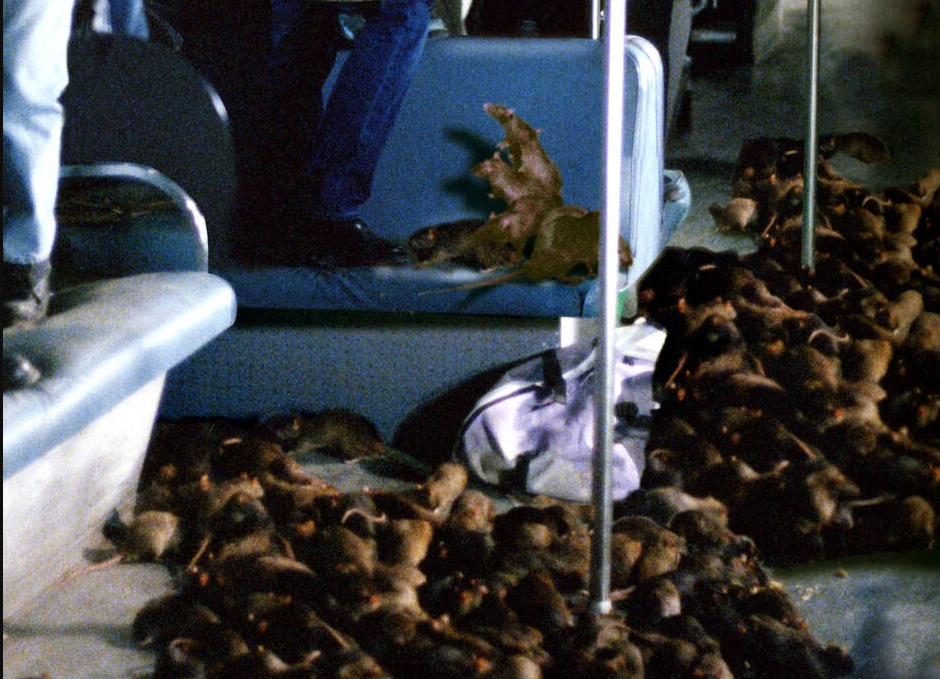
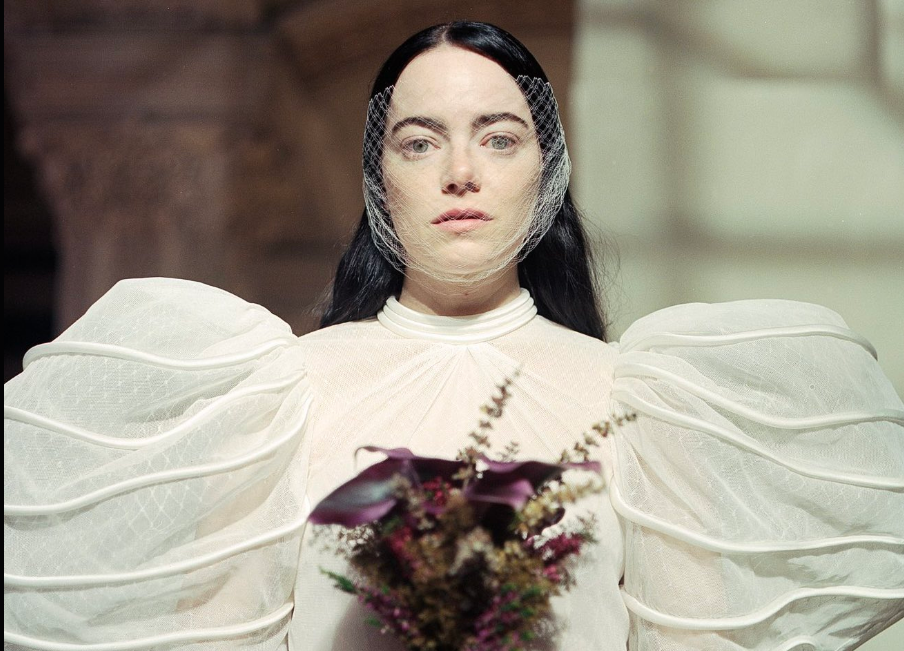
![‘Dangerous Animals’ Director Sean Byrne Used Real Sharks and Praises Jai Courtney’s Serial Killer Turn [Exclusive]](https://bloody-disgusting.com/wp-content/uploads/2025/04/Dangerous-Animals-scaled.jpg)
![Check Into Shudder’s ‘Hell Motel’ from the Creators of ‘Slasher’ [Trailer]](https://i0.wp.com/bloody-disgusting.com/wp-content/uploads/2025/05/hellmotel-still.jpg?fit=1280%2C720&ssl=1)











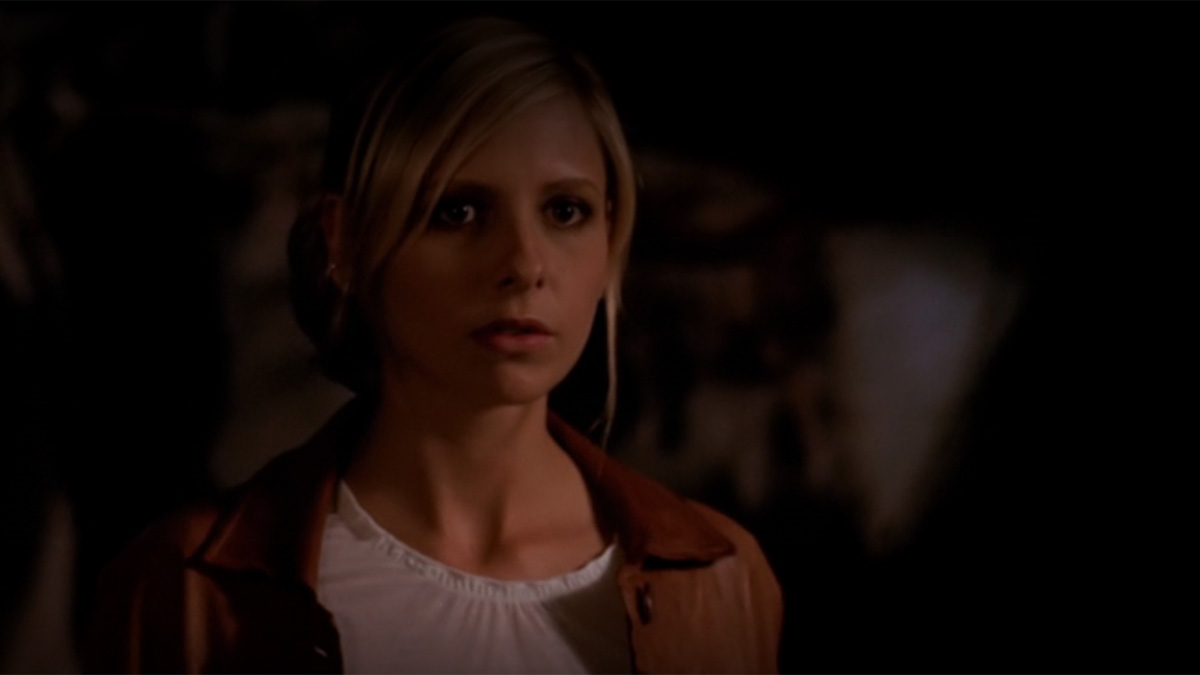



































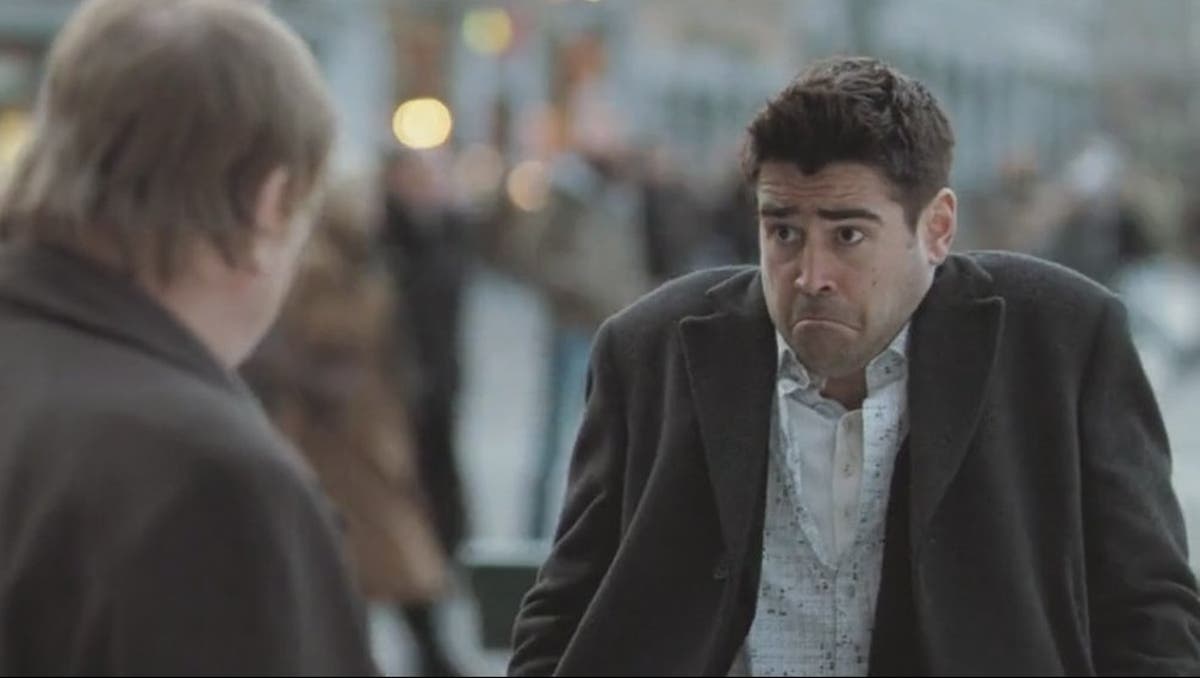



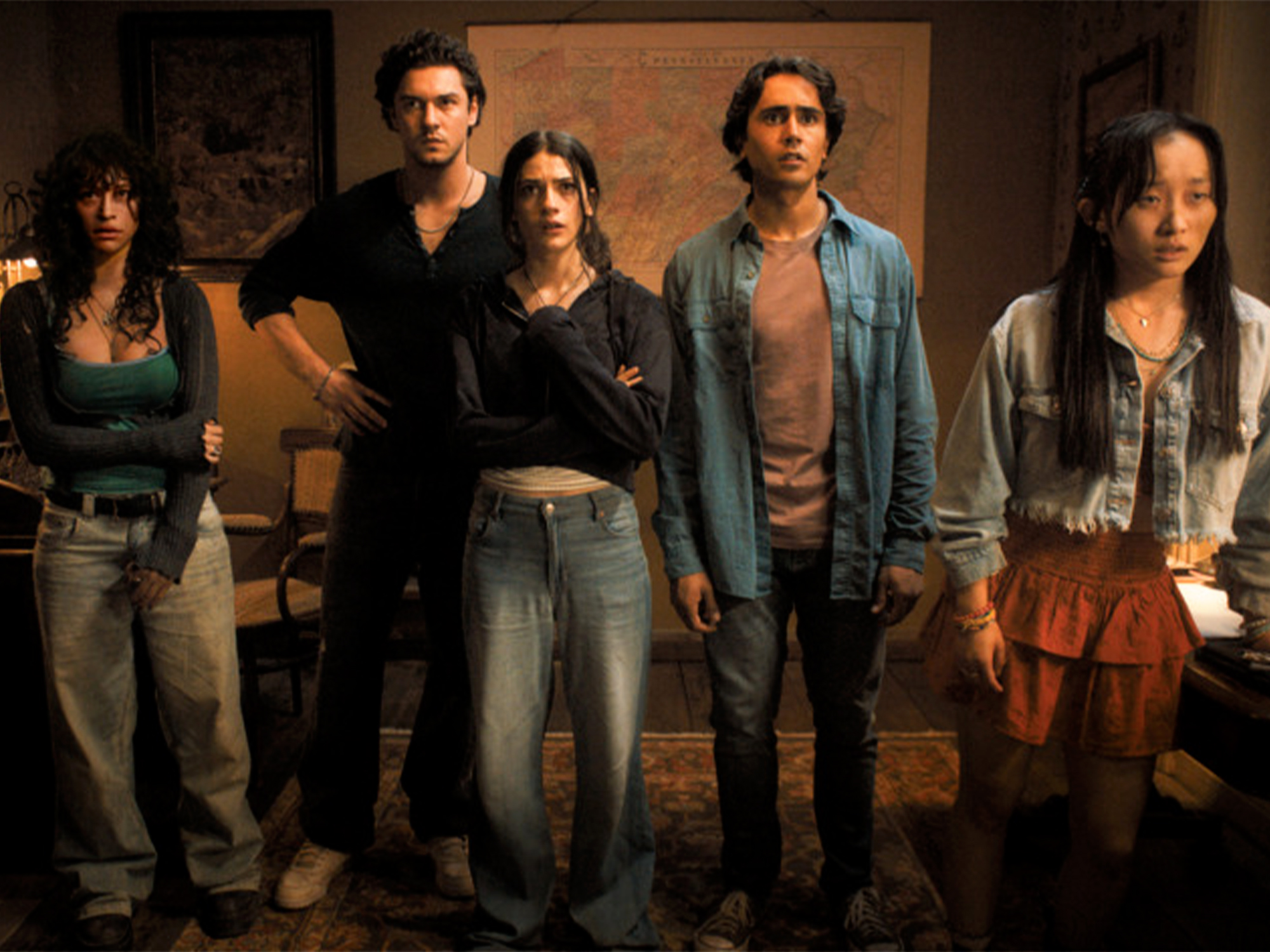












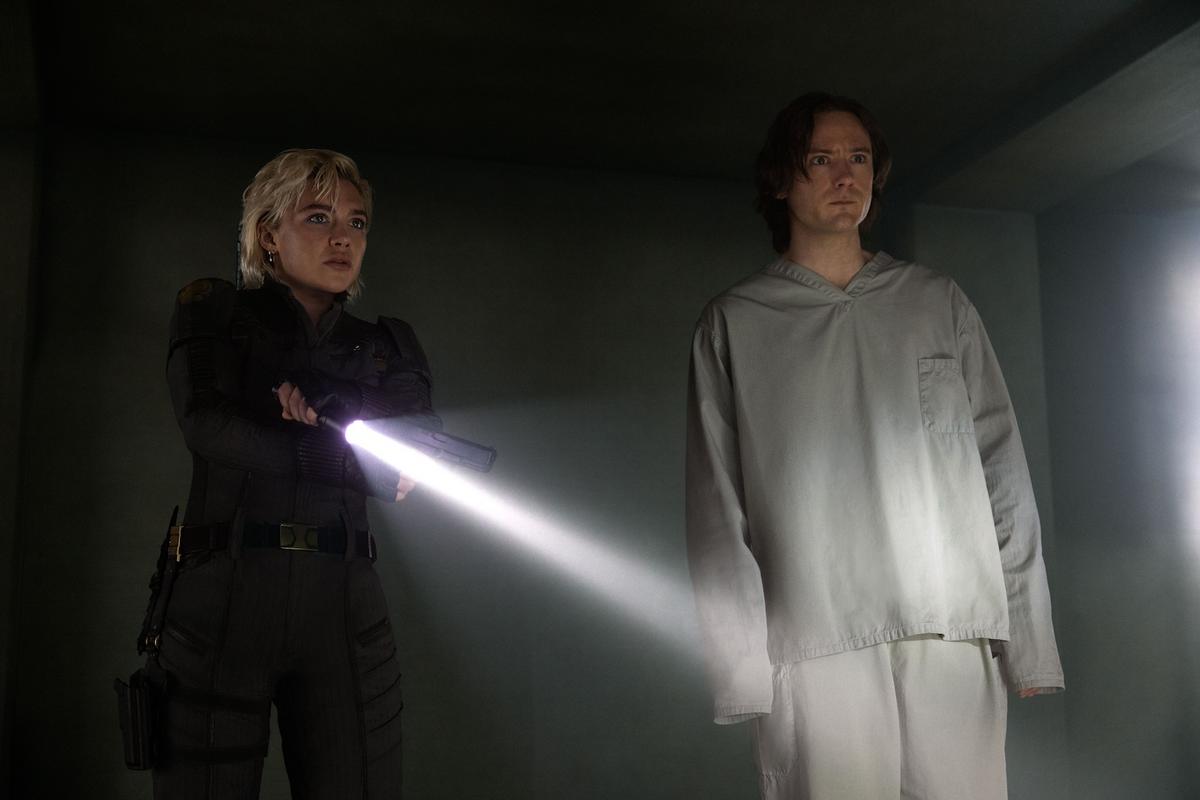





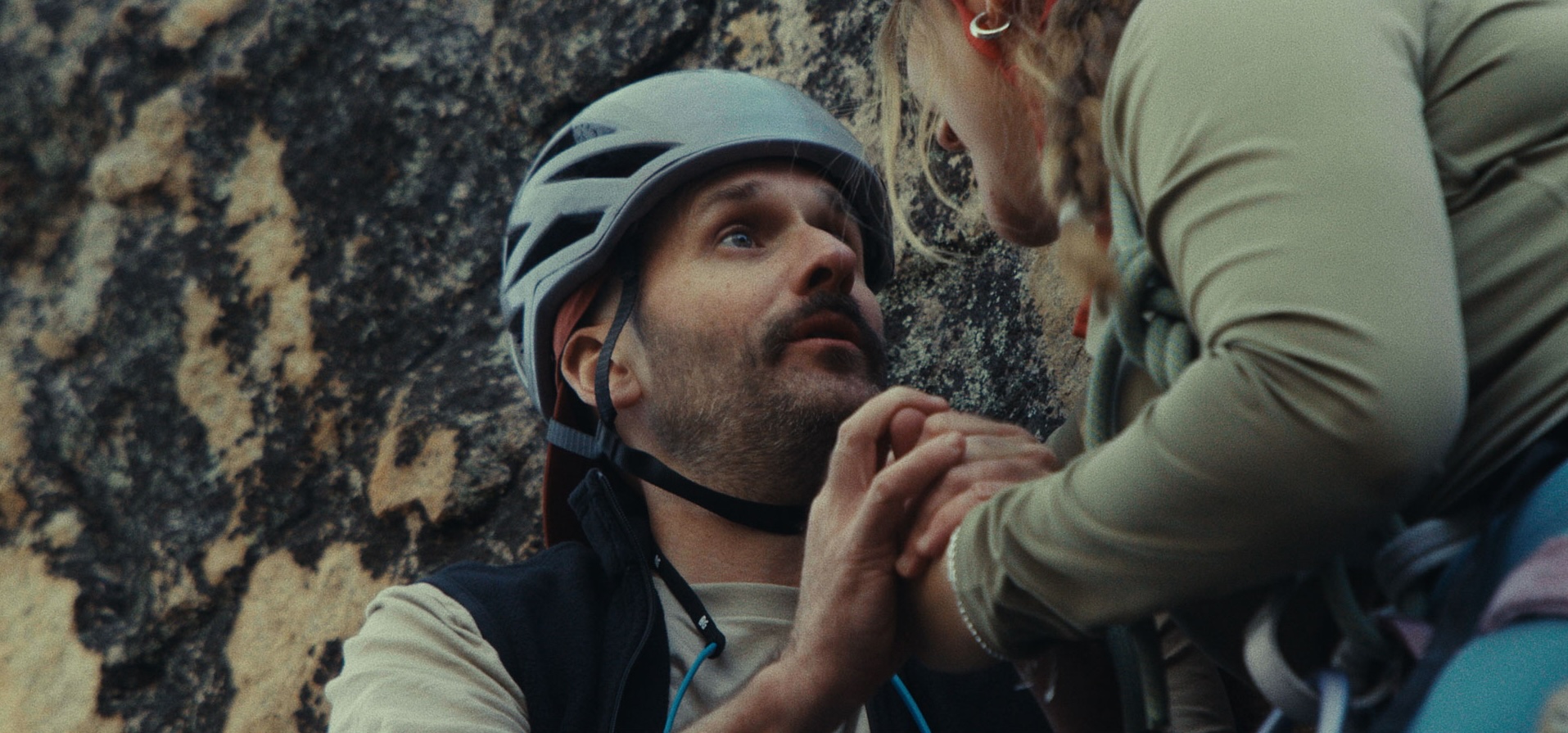
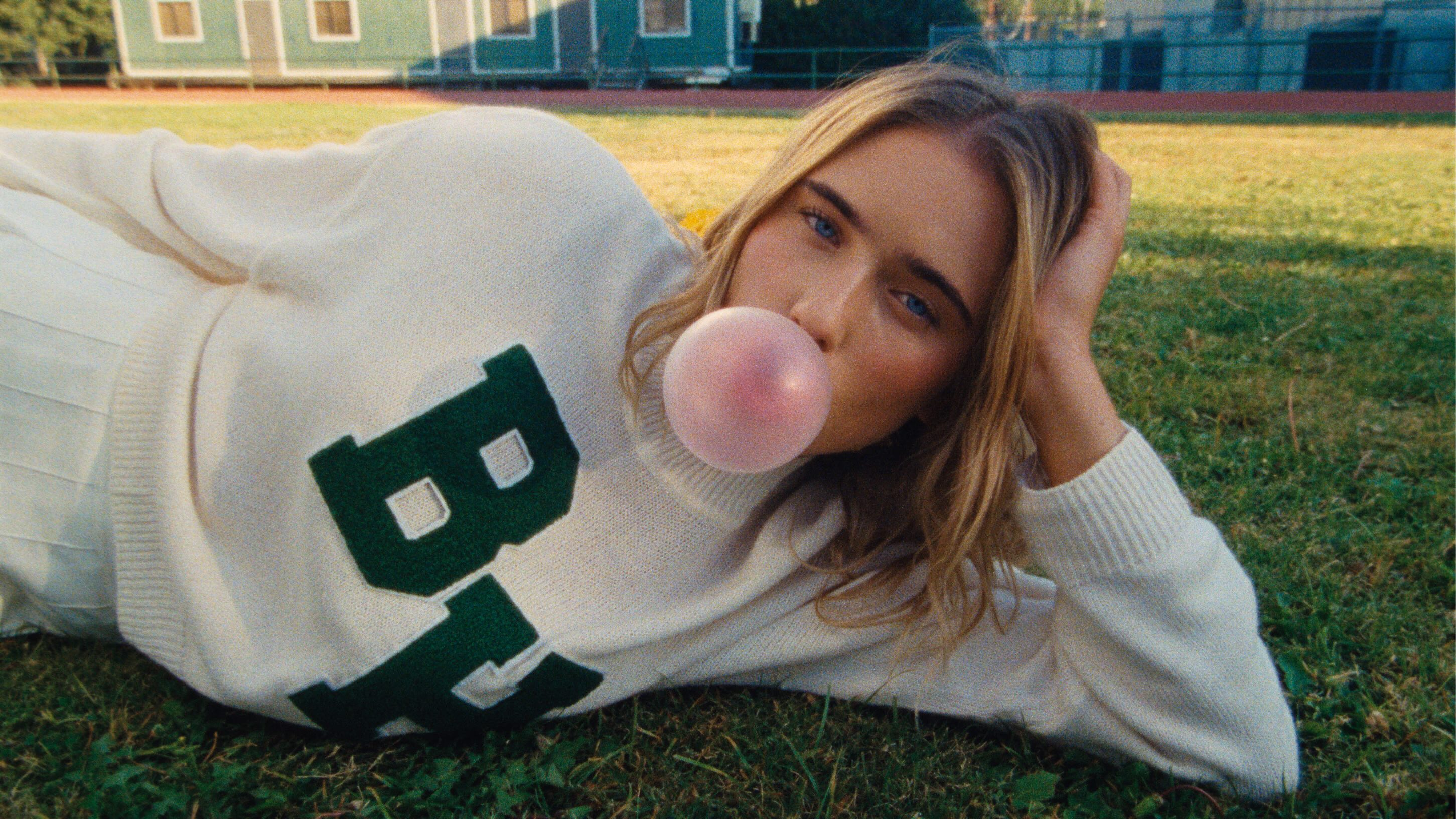

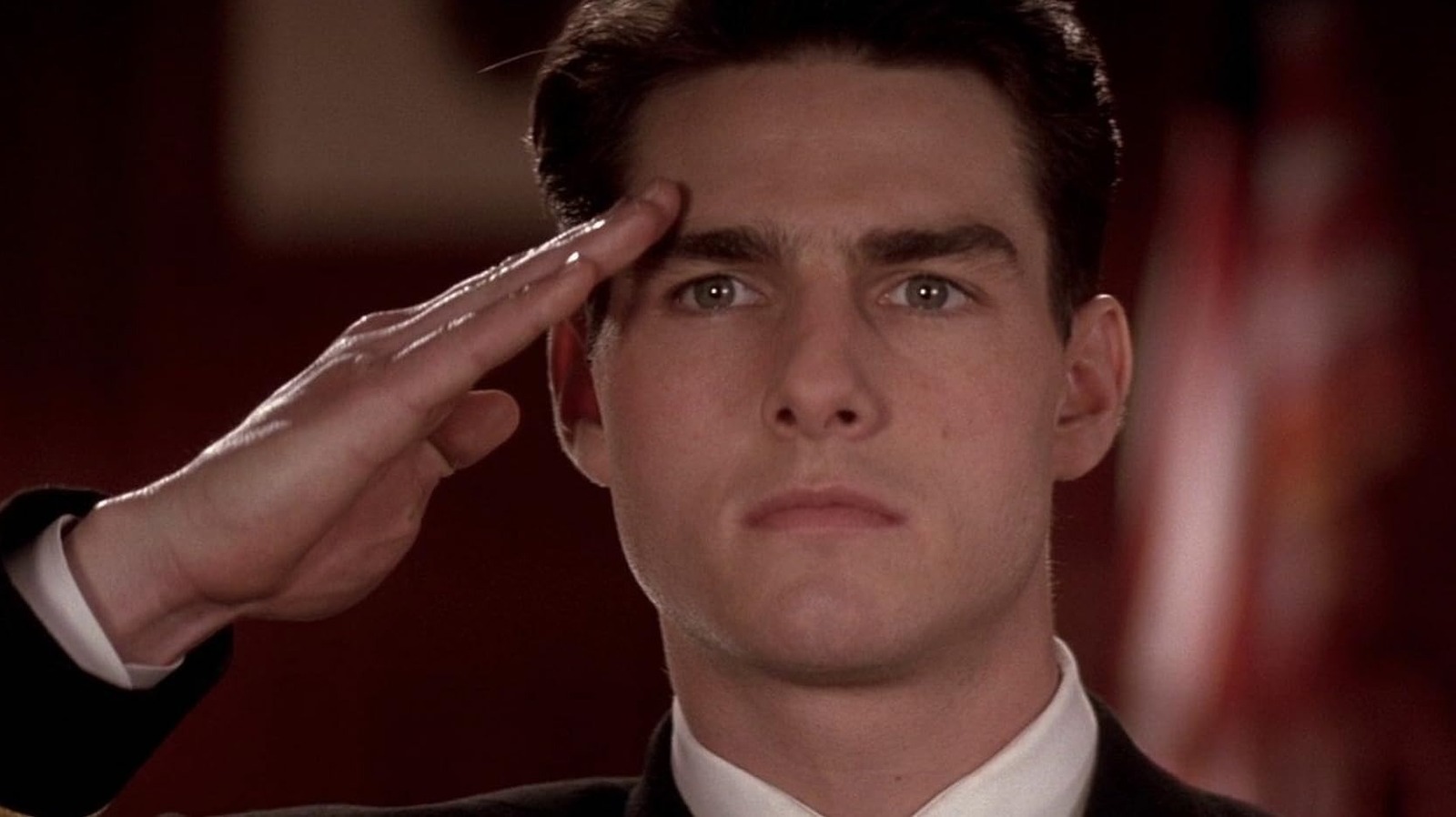





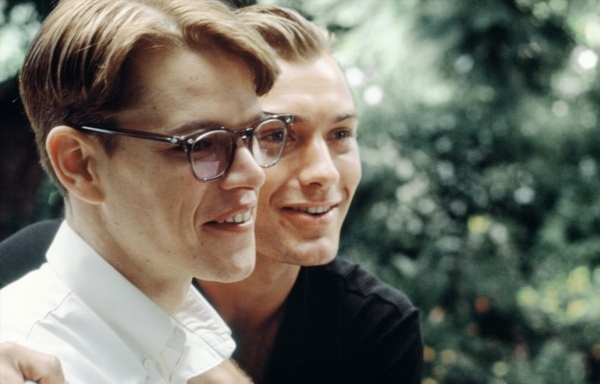
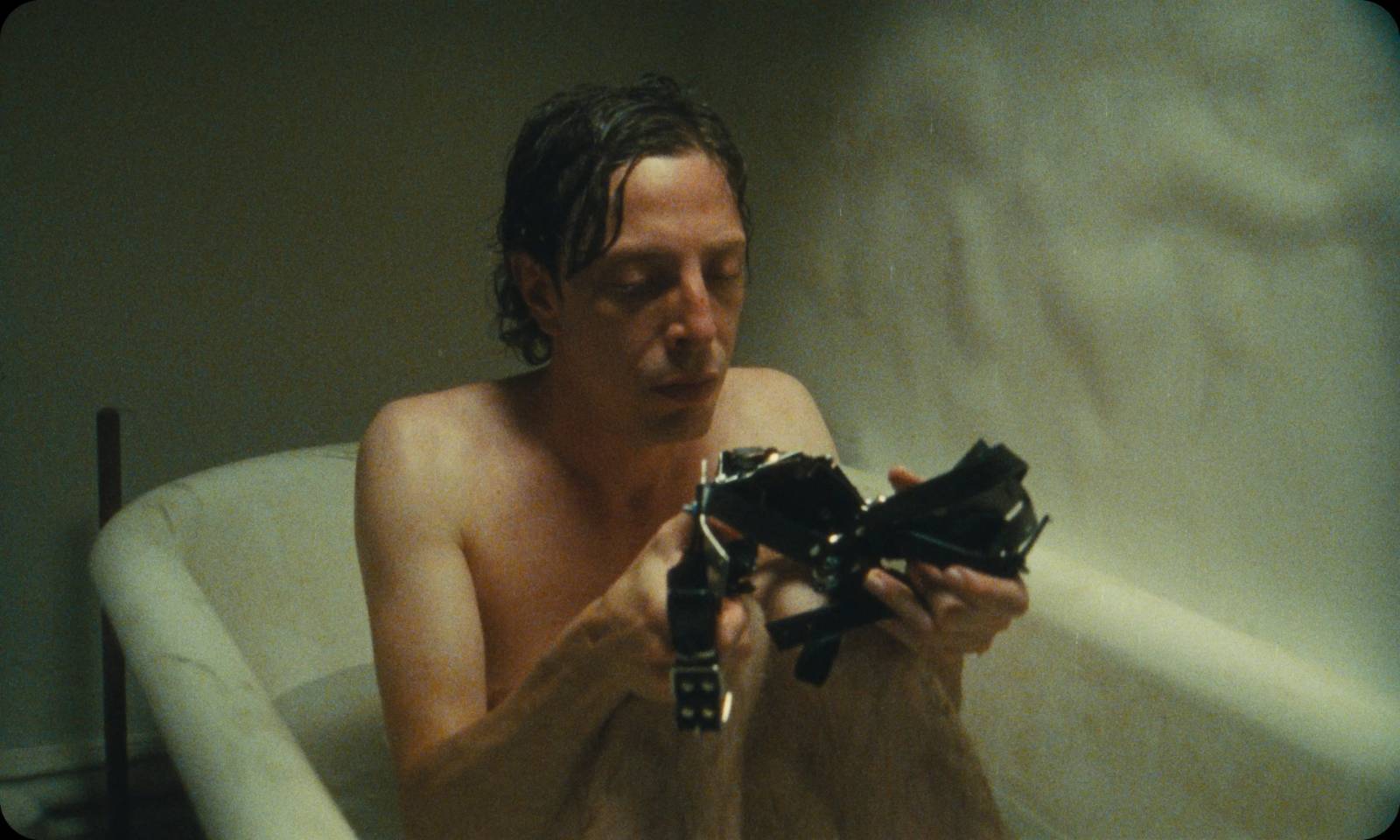





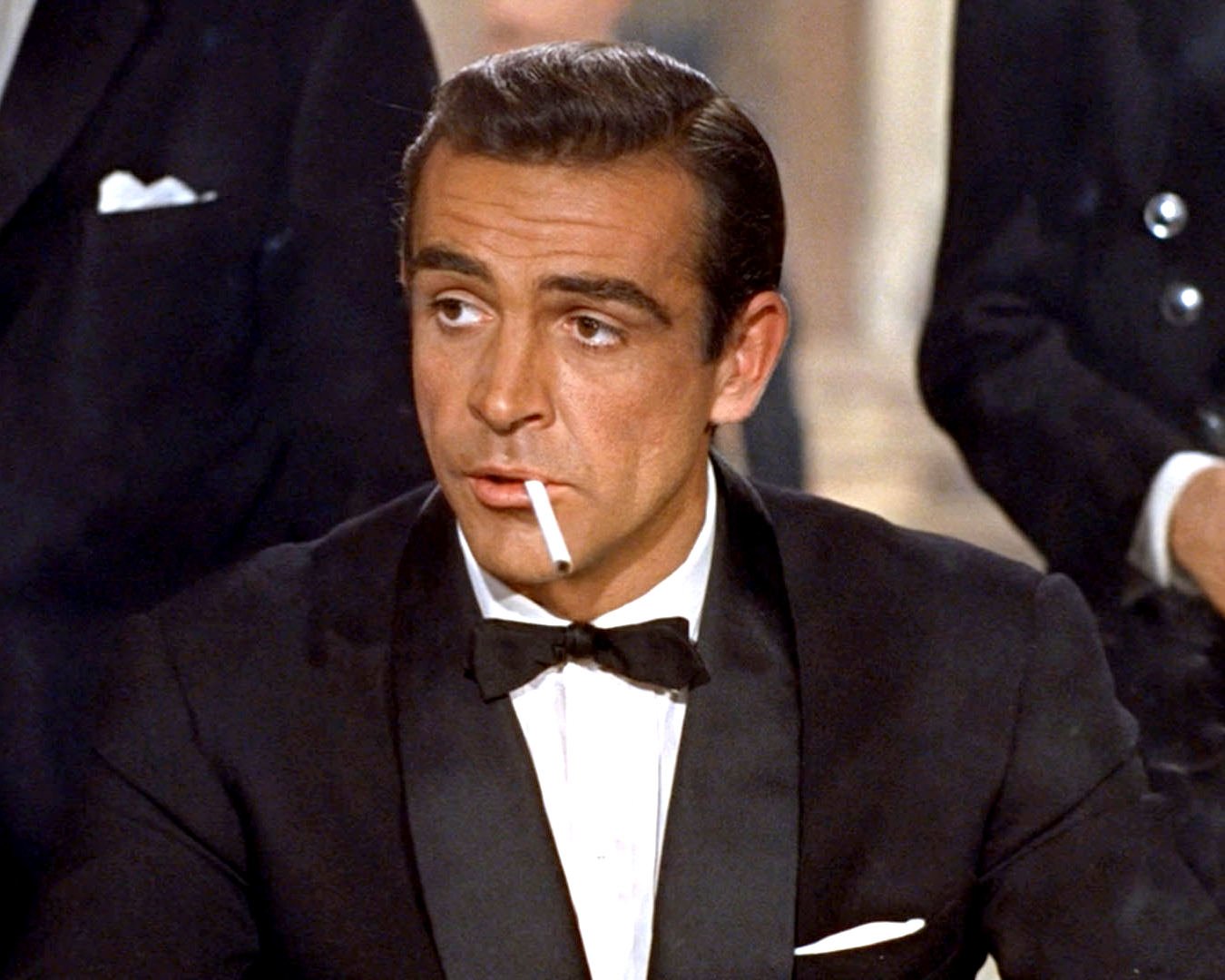










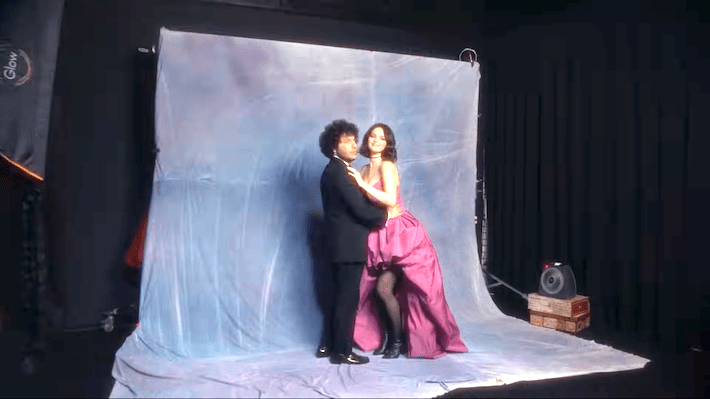




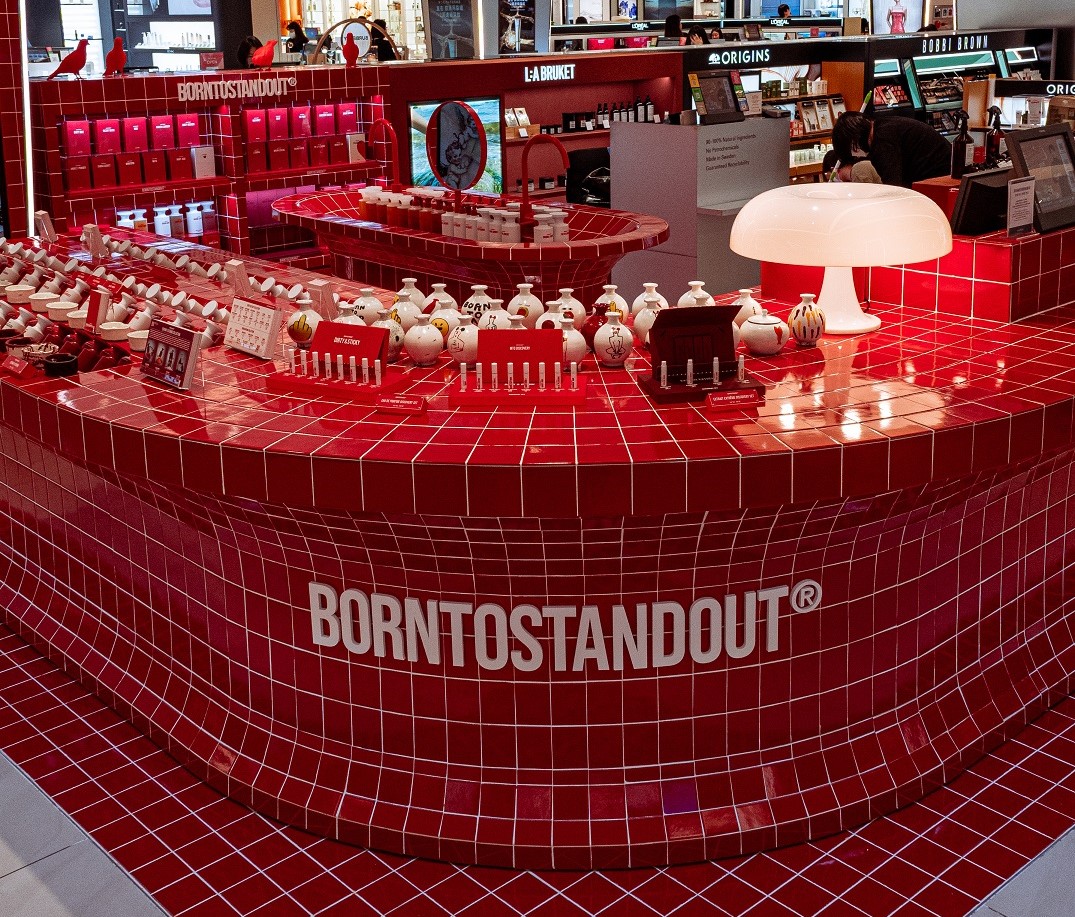






















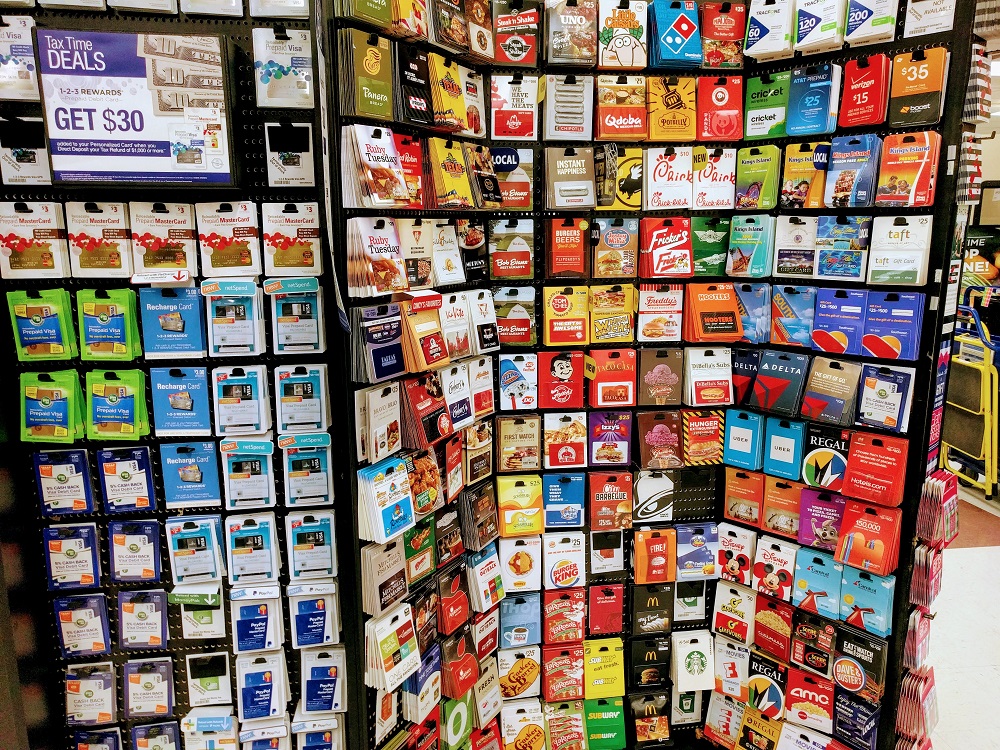









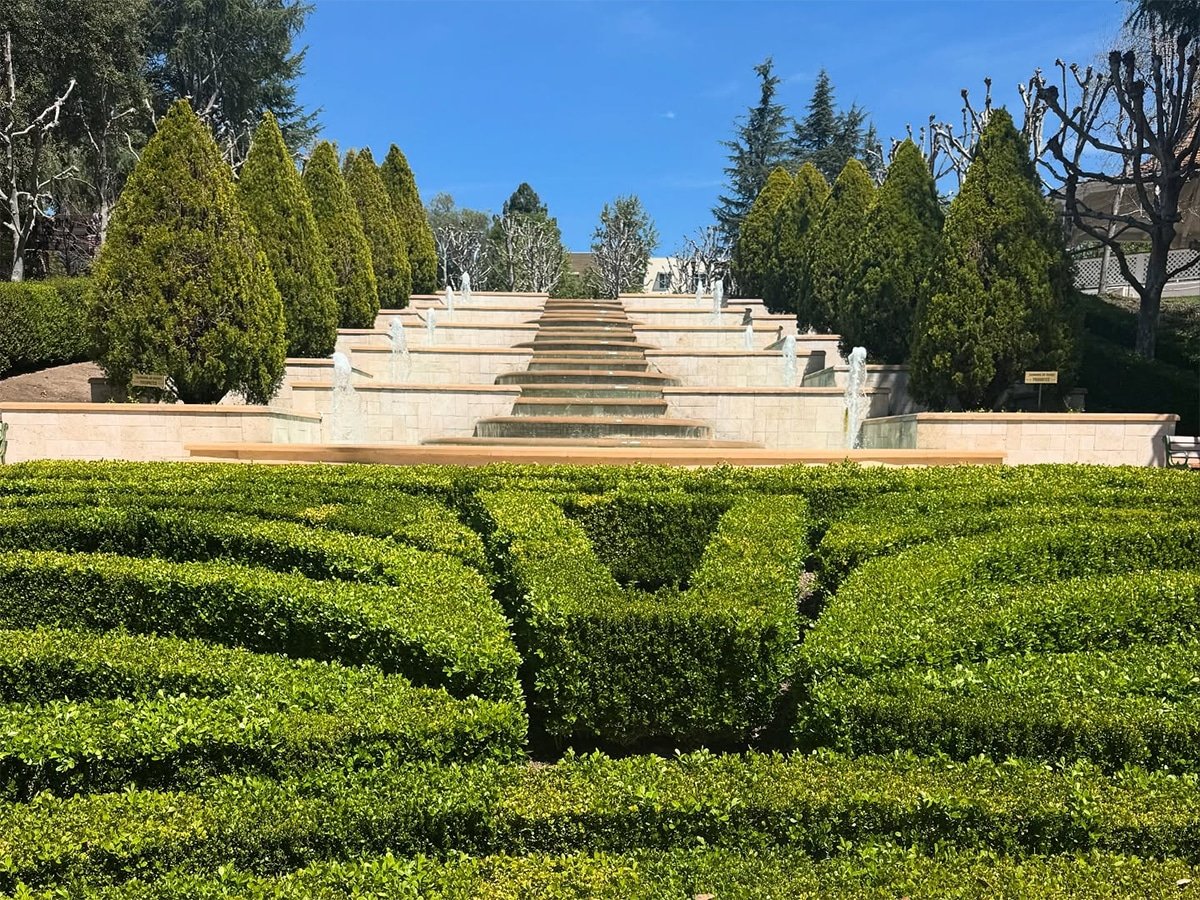
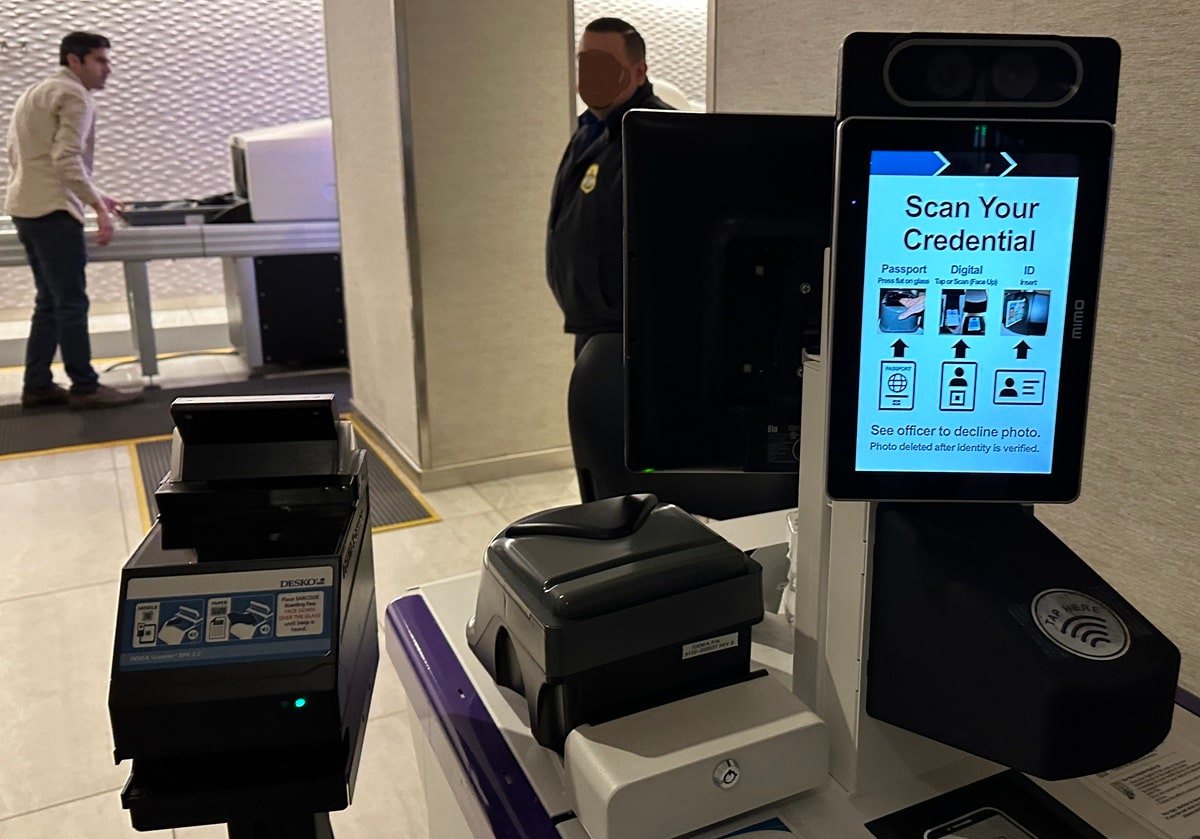

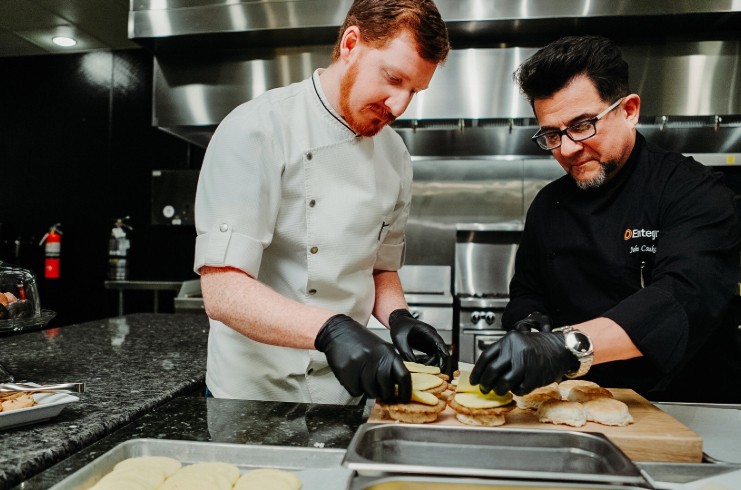









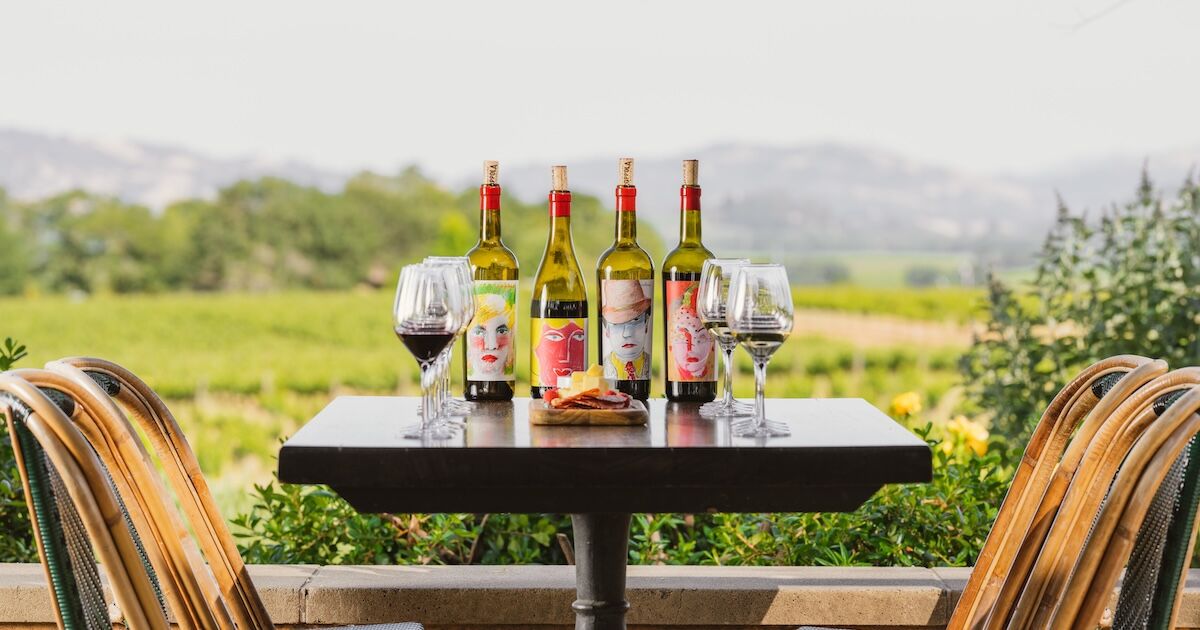



























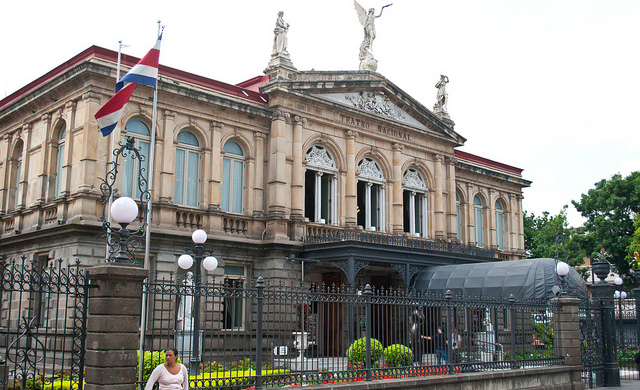
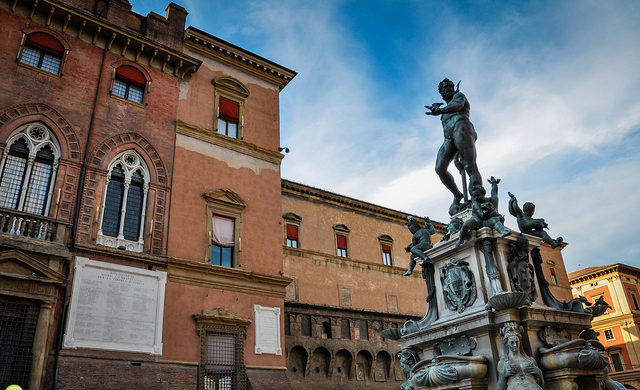

















![Southwest’s Free Wi-Fi Trial Could Backfire—Here’s Why [Roundup]](https://viewfromthewing.com/wp-content/uploads/2025/04/southwest-airlines-jet.jpeg?#)












































